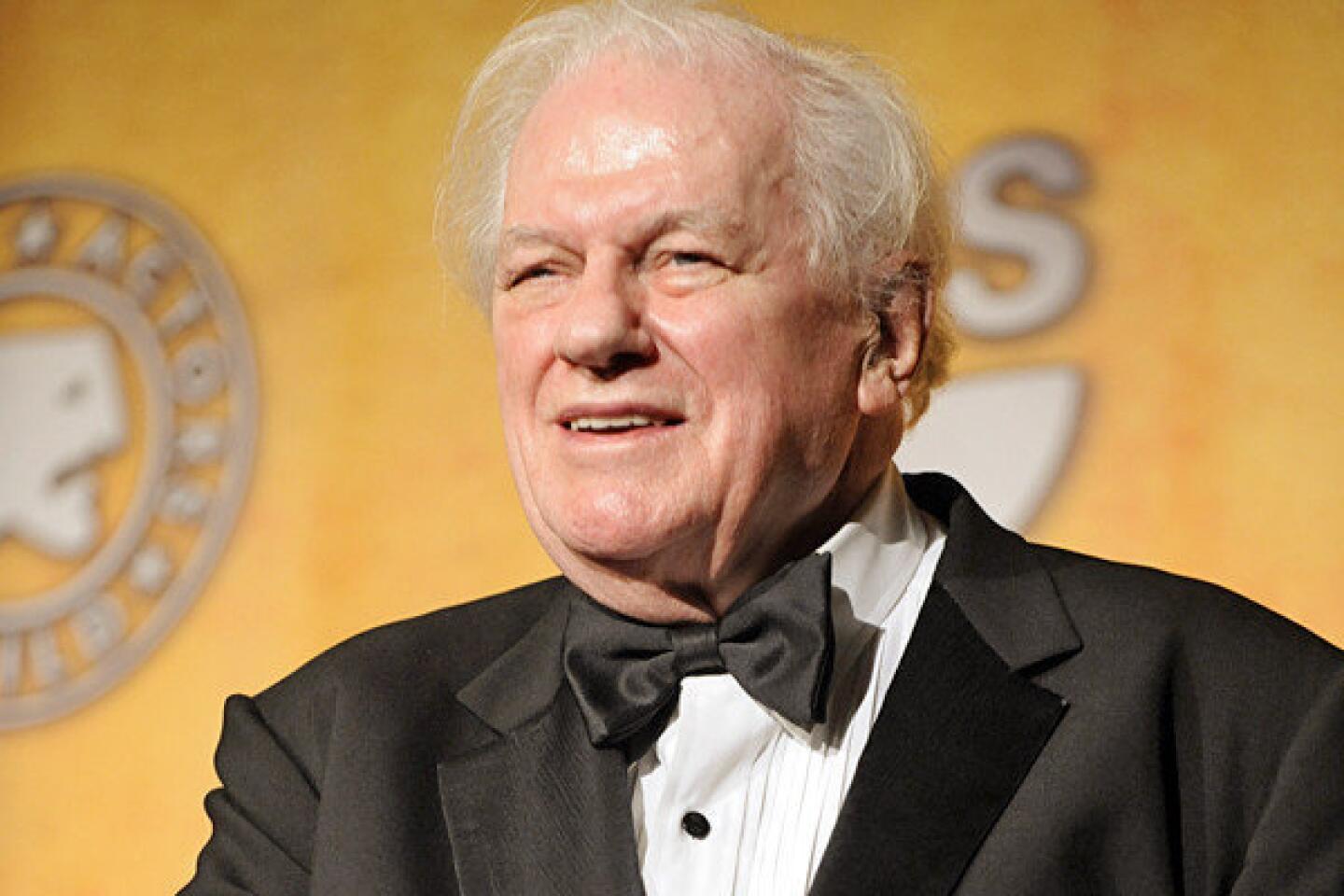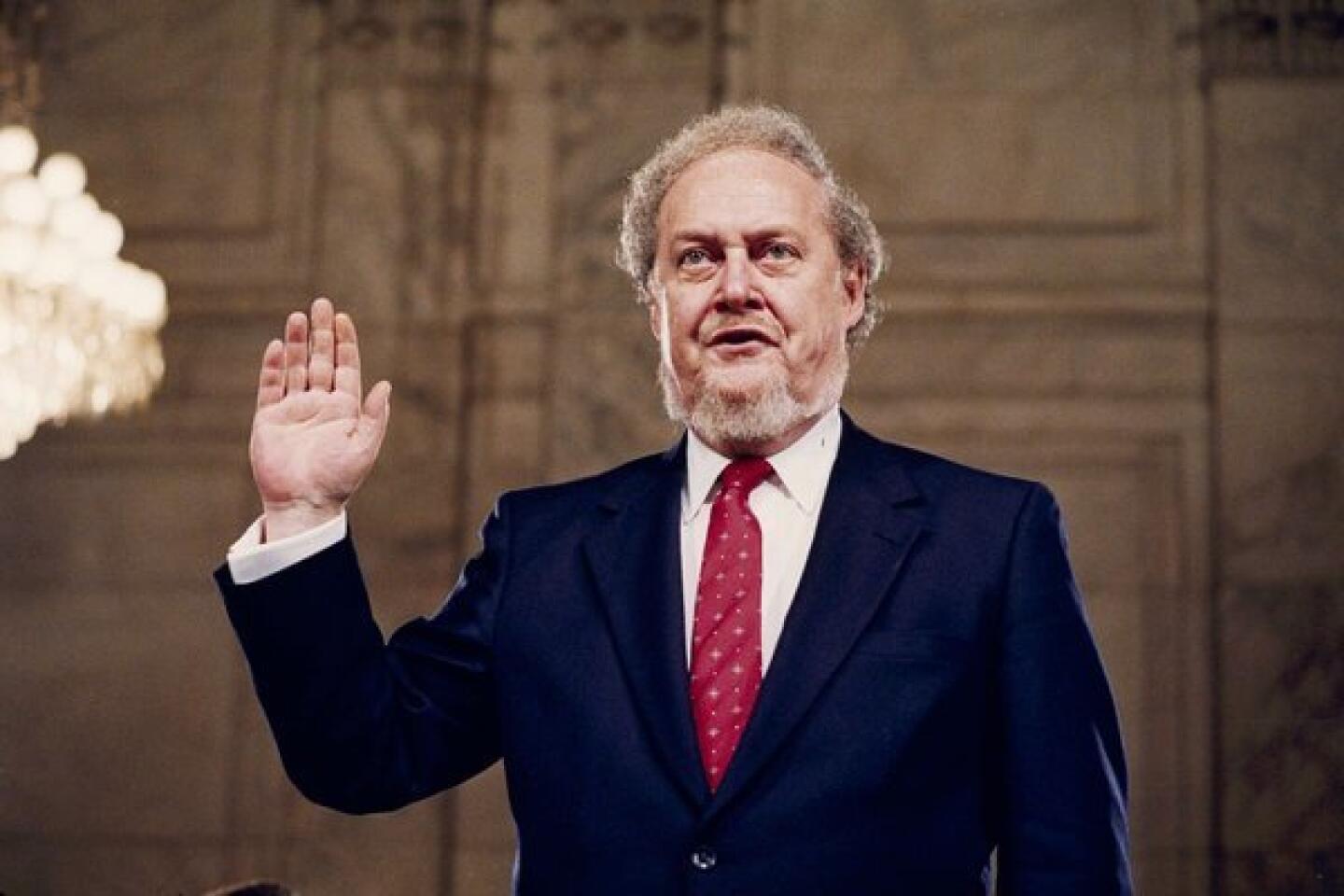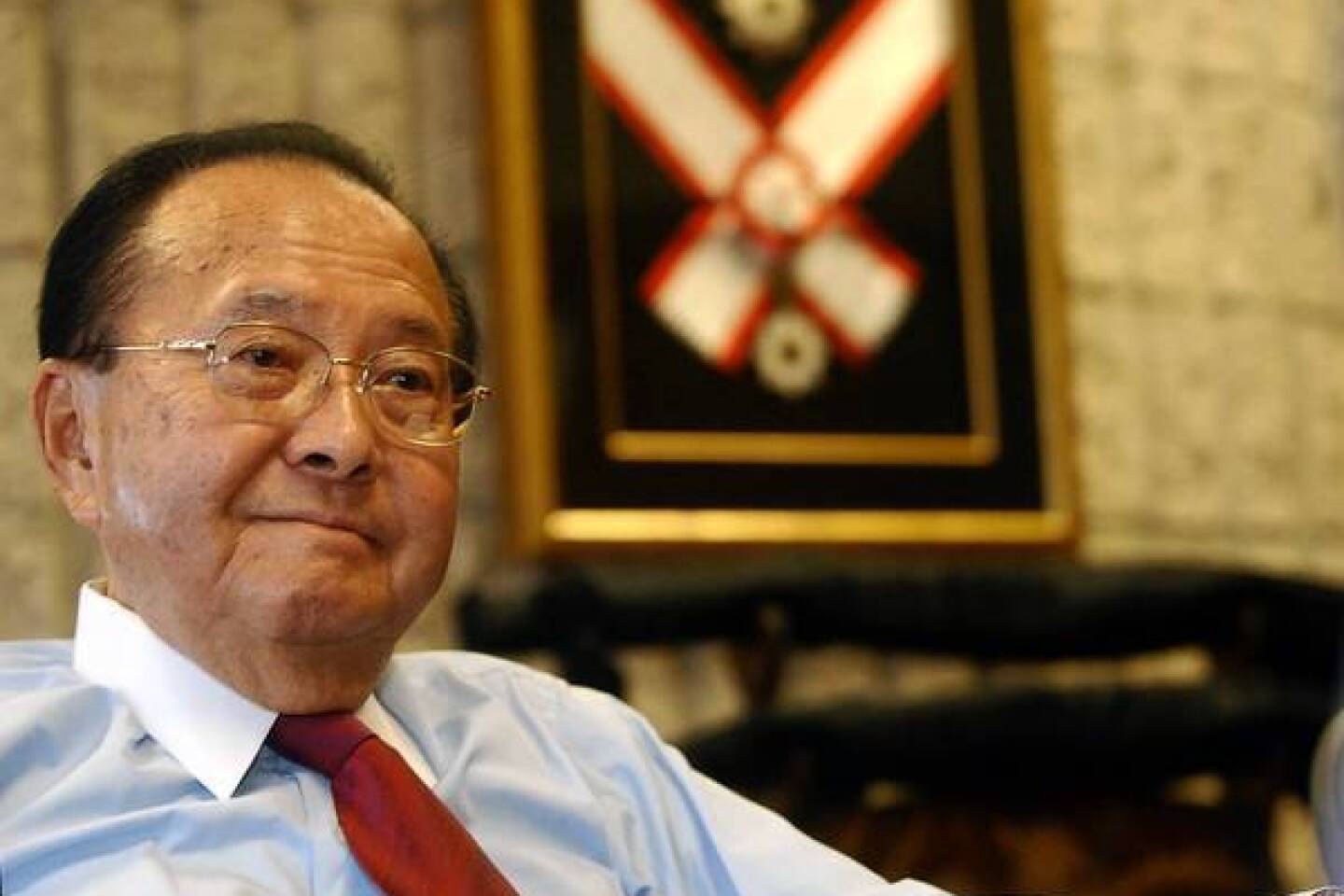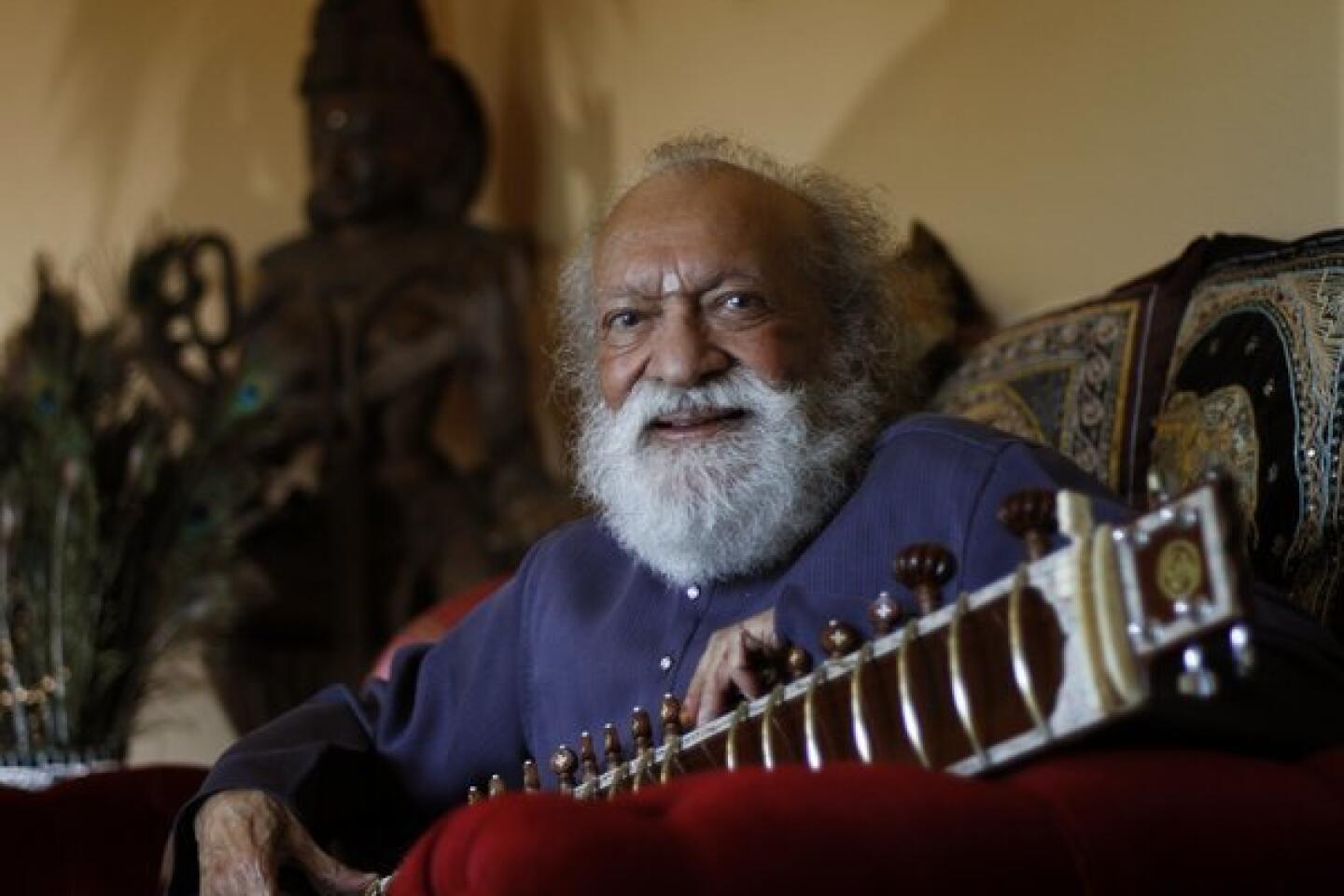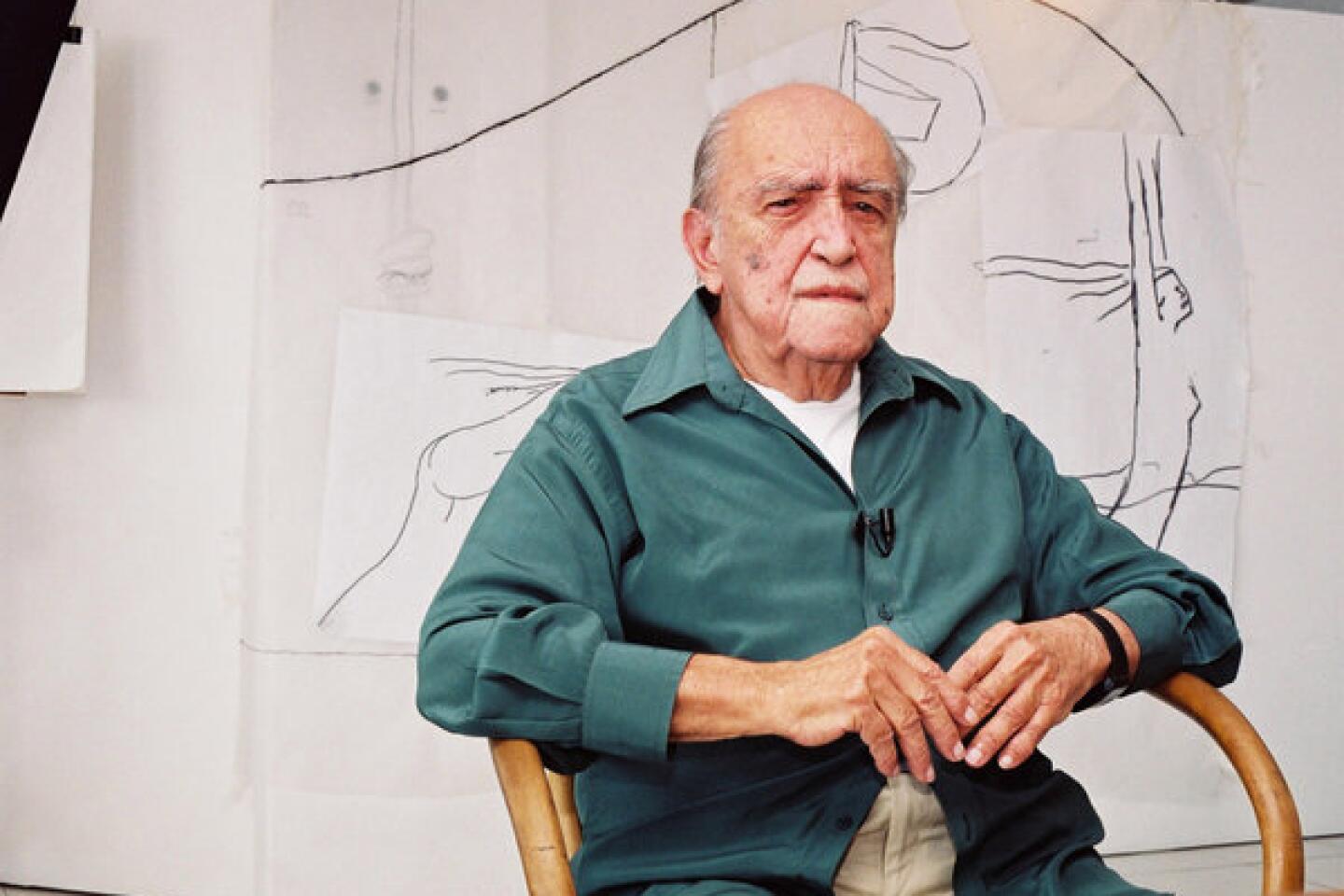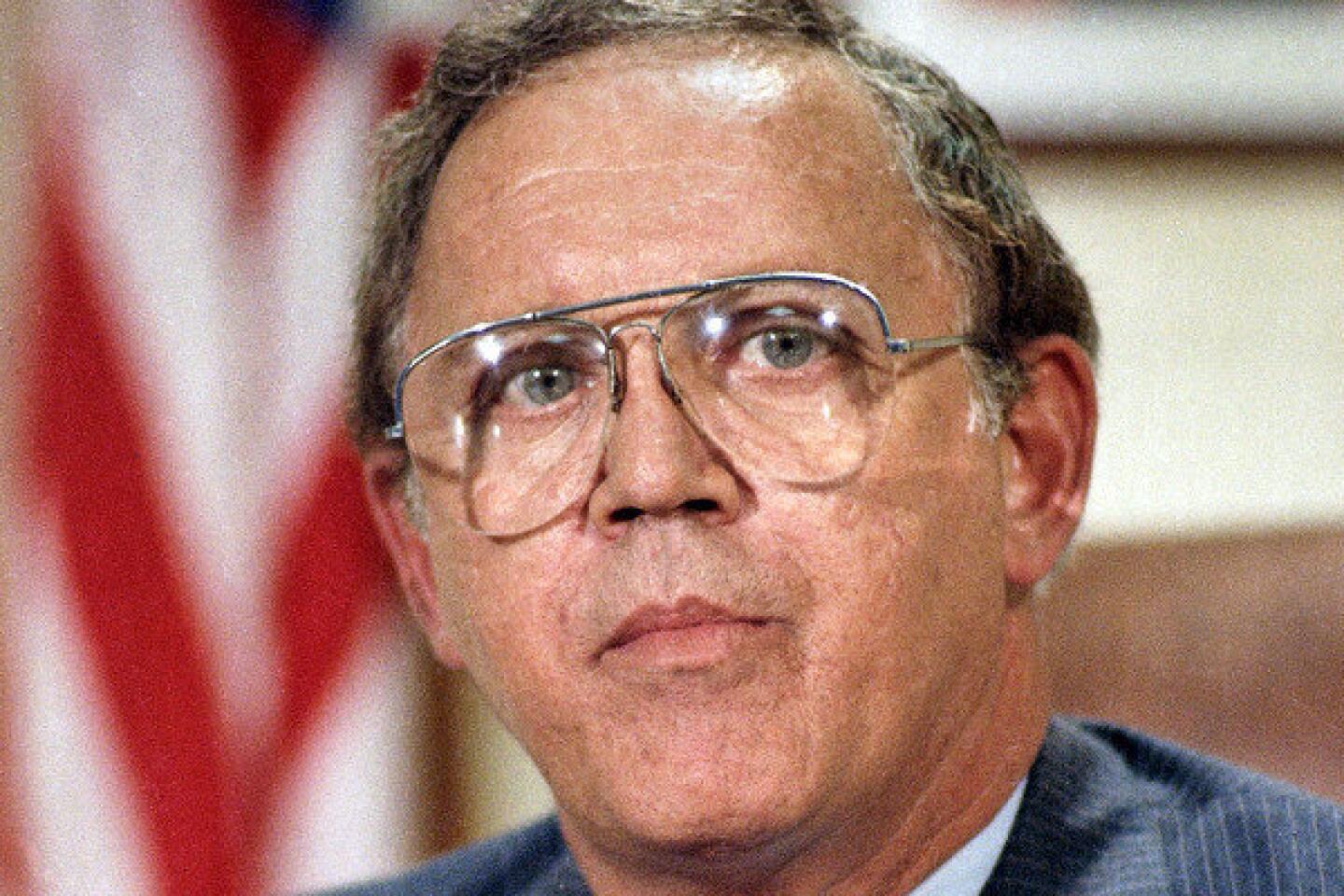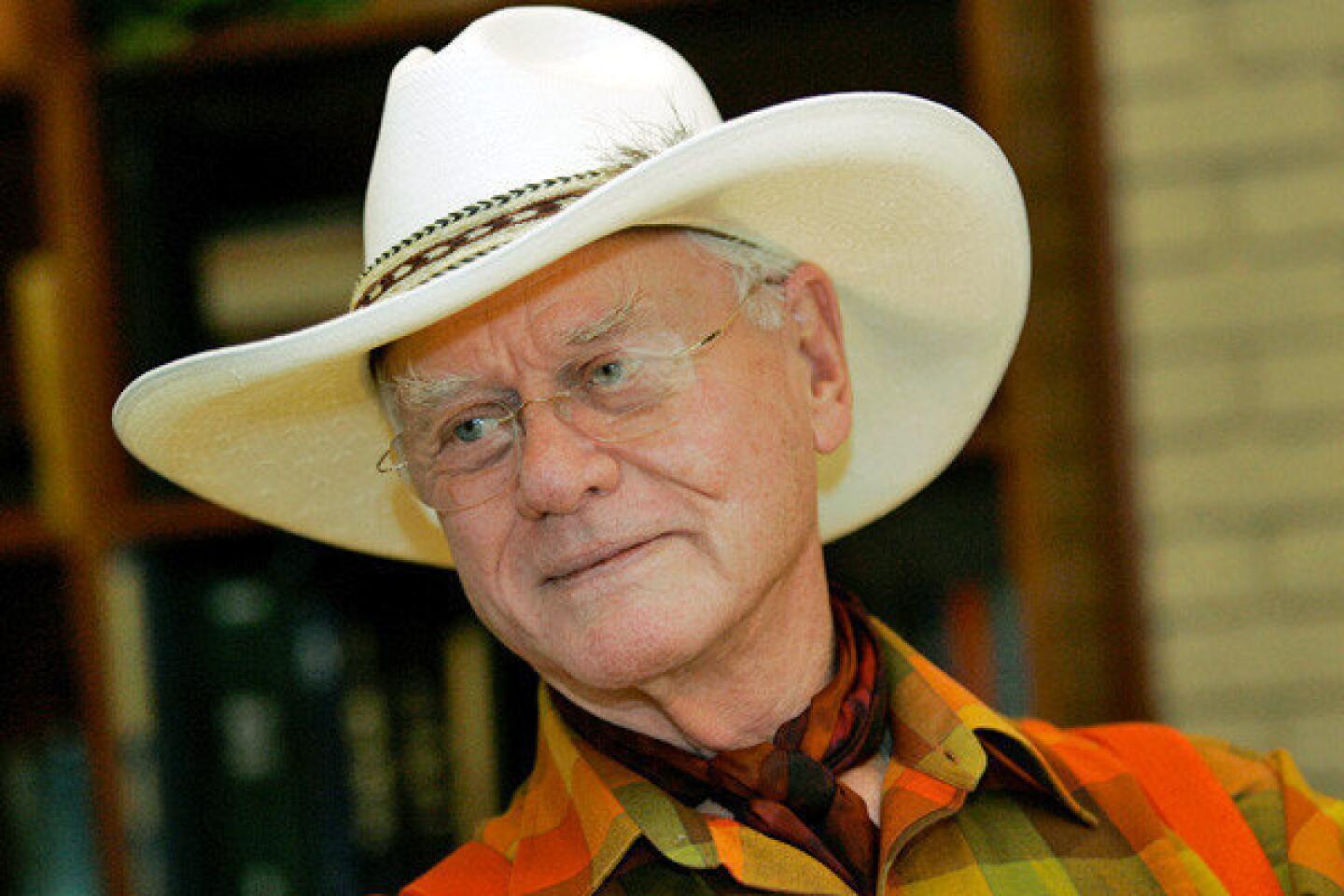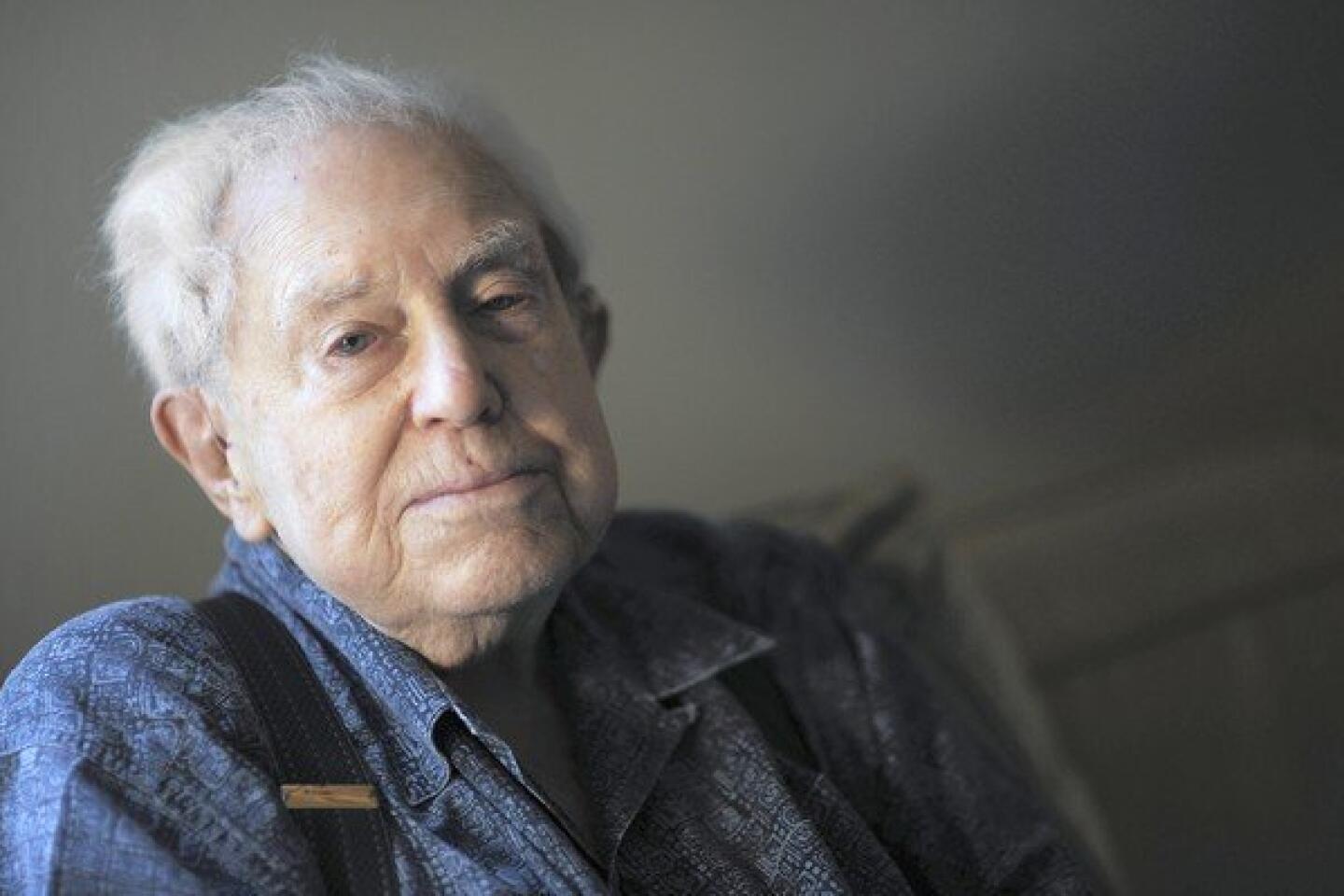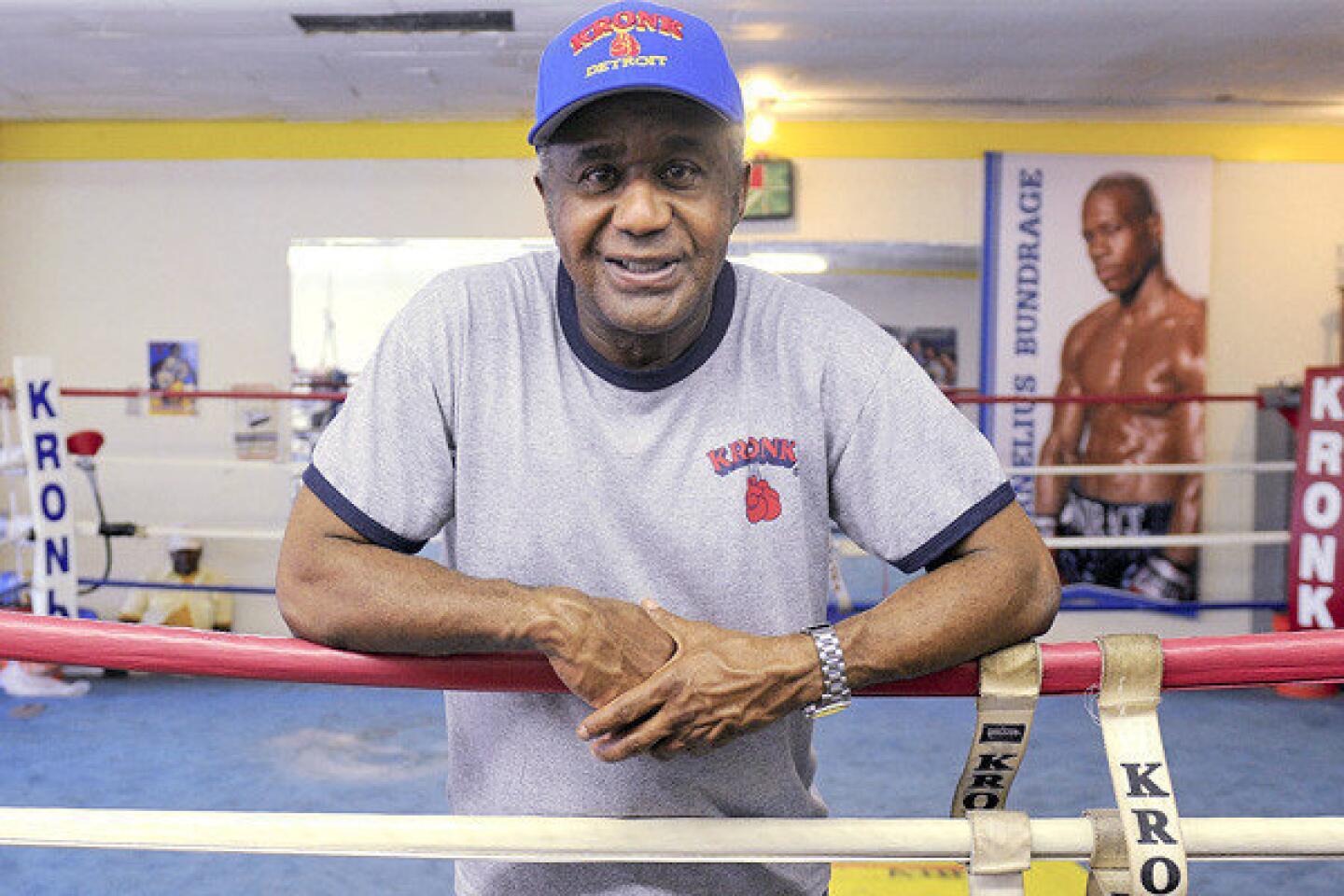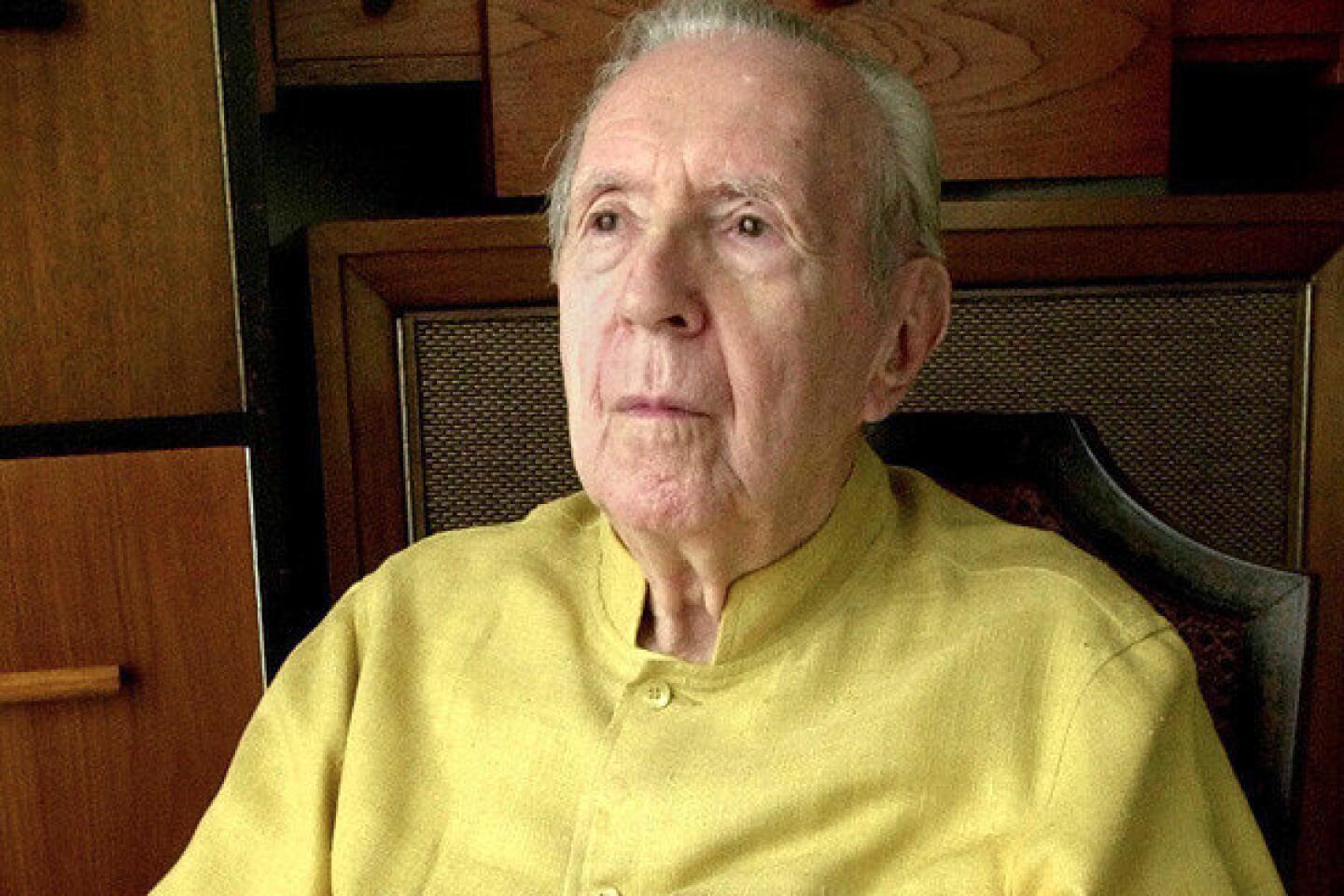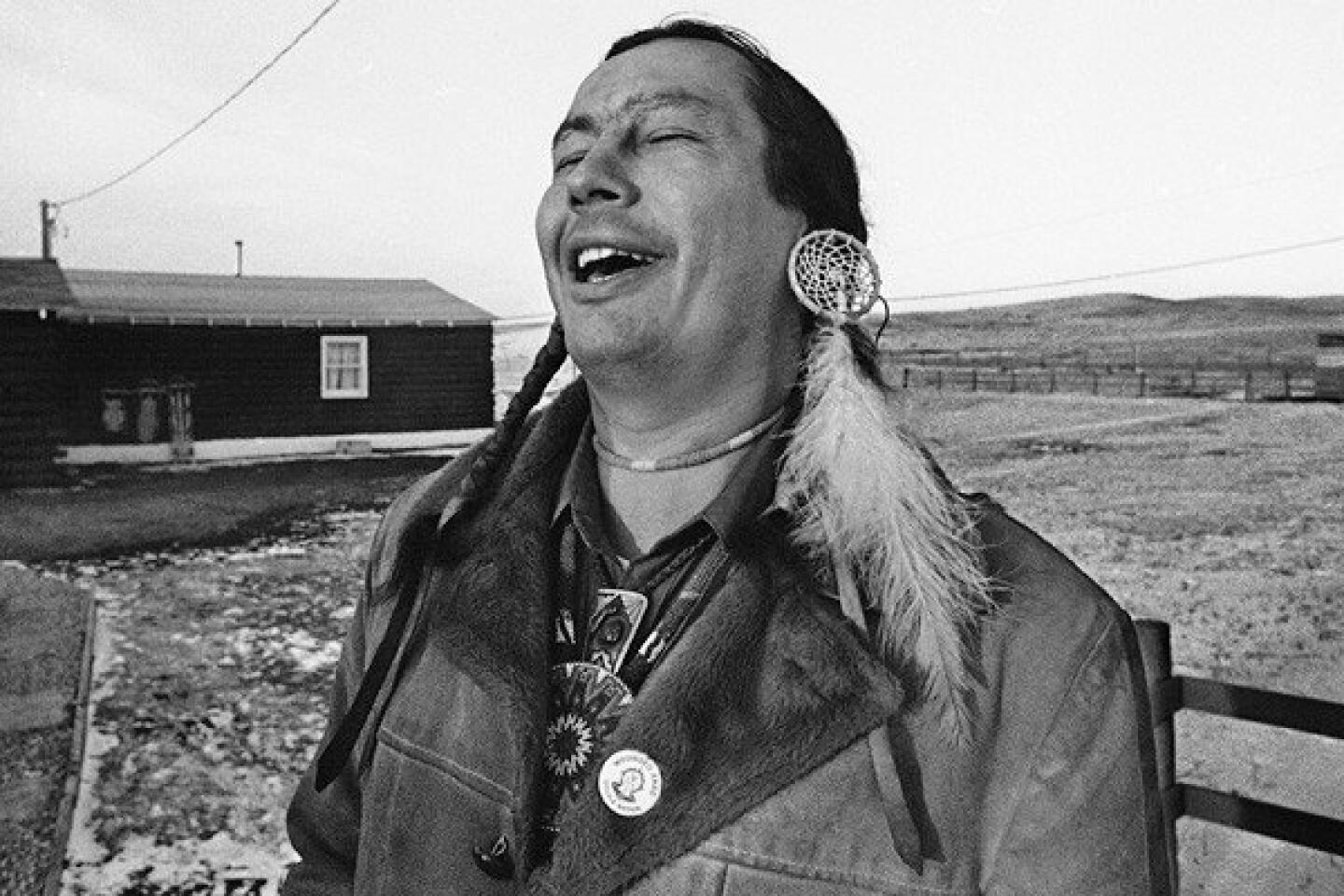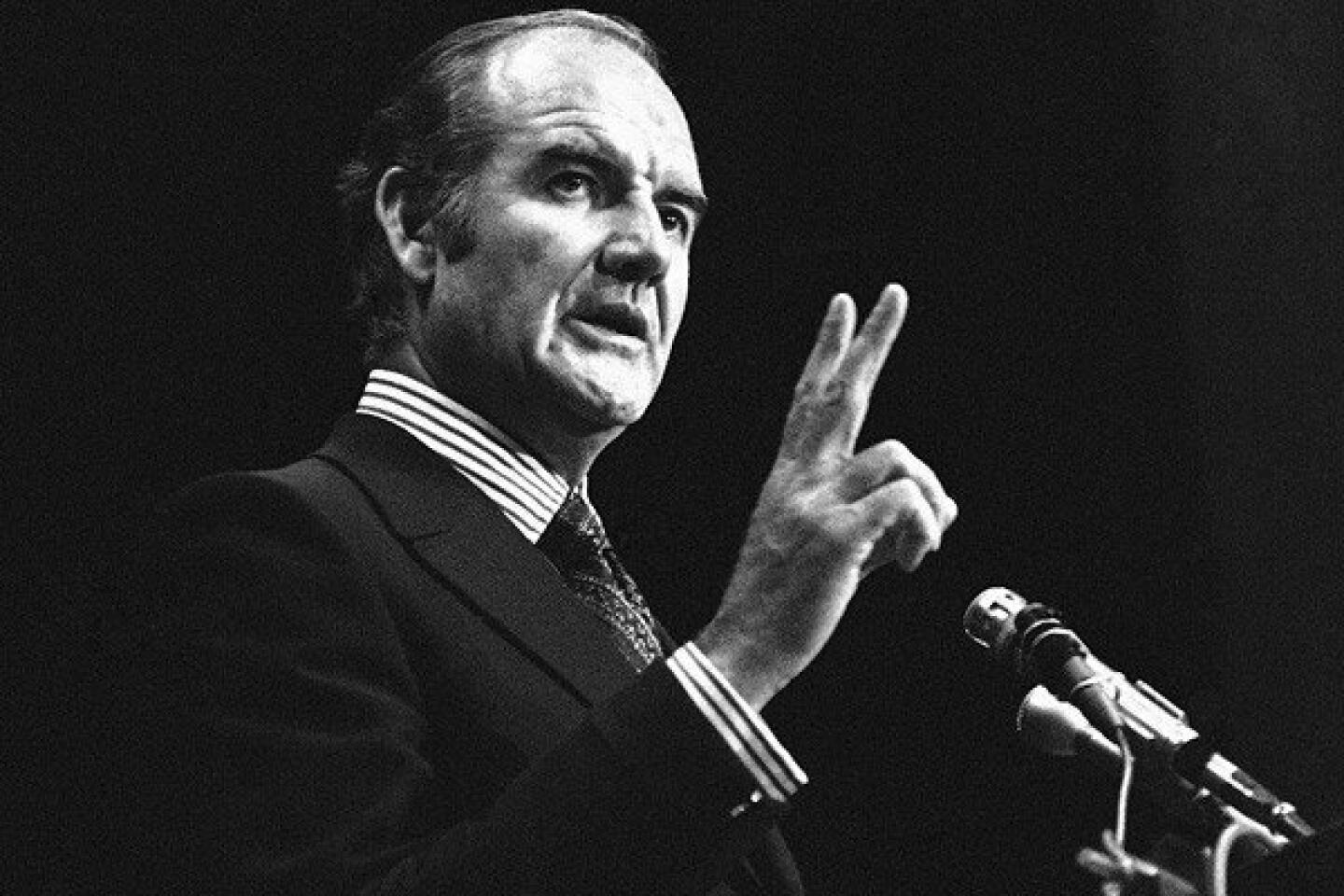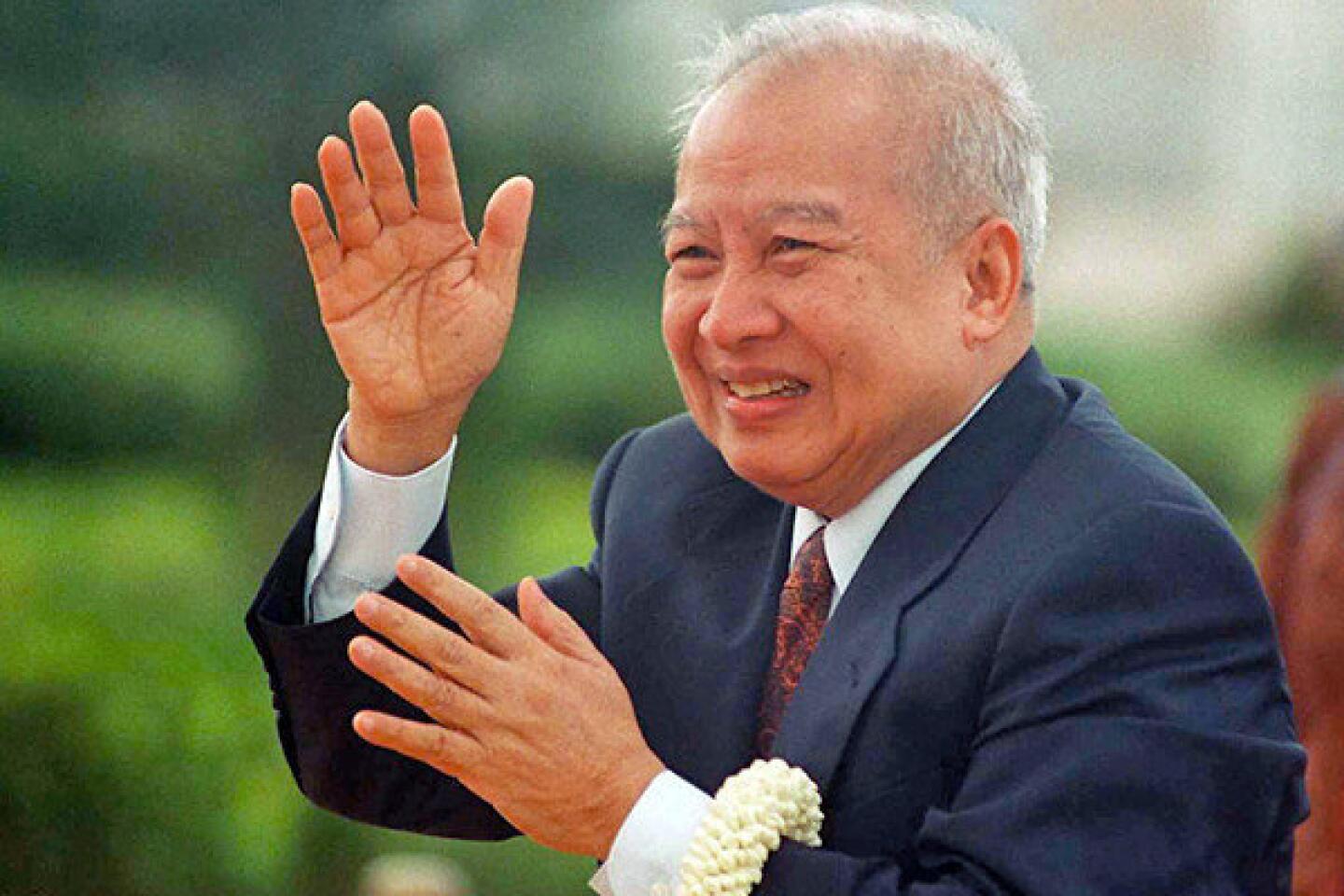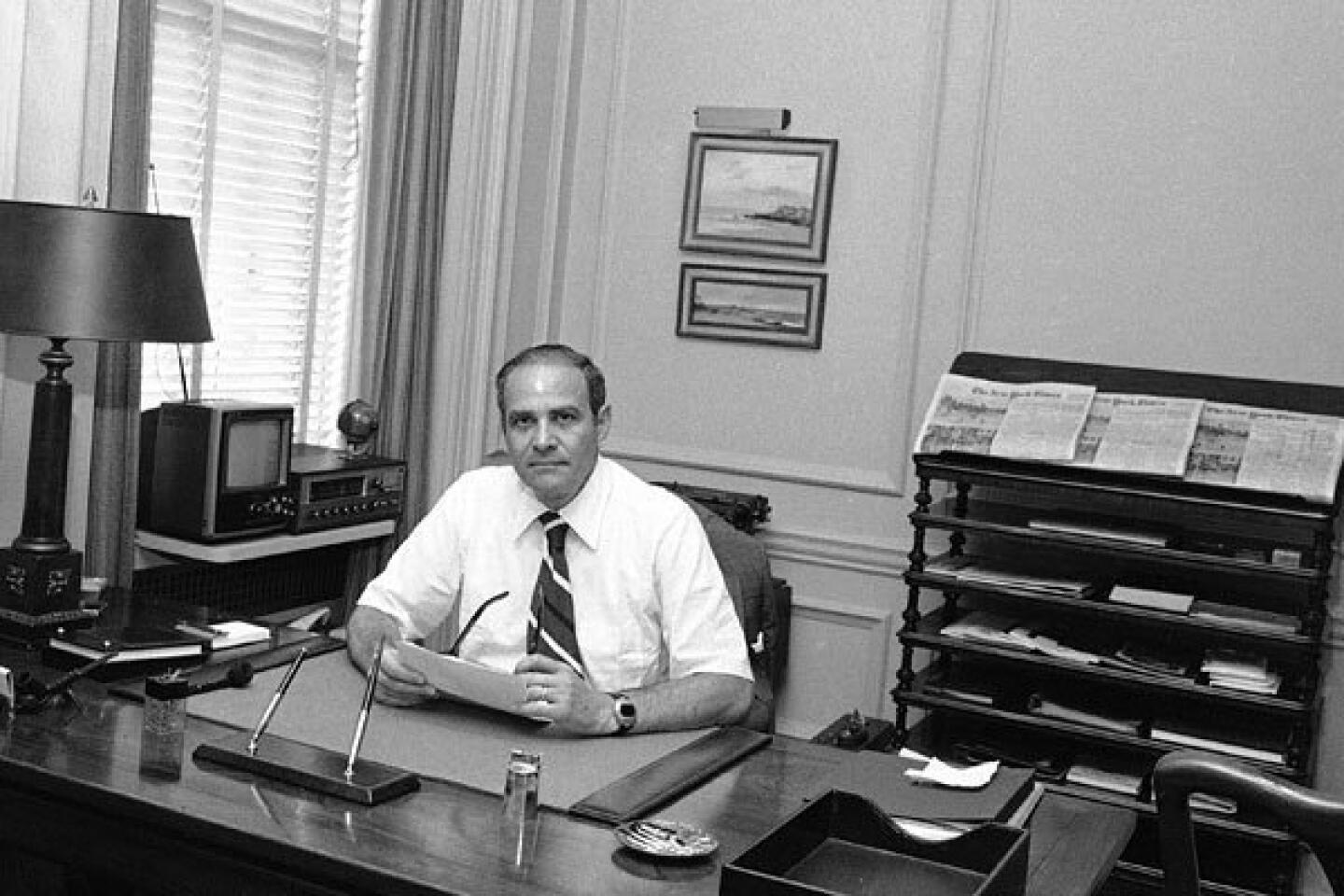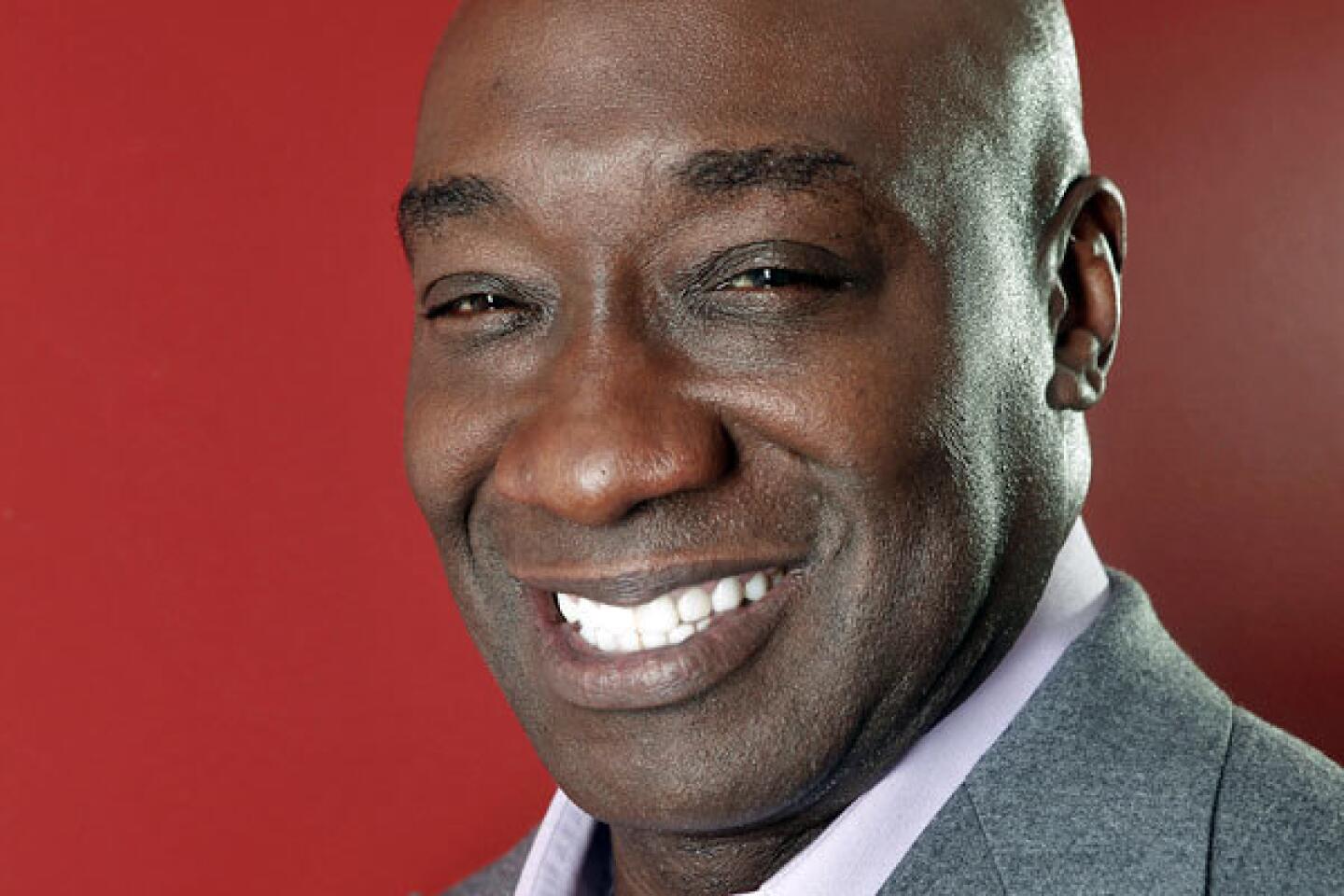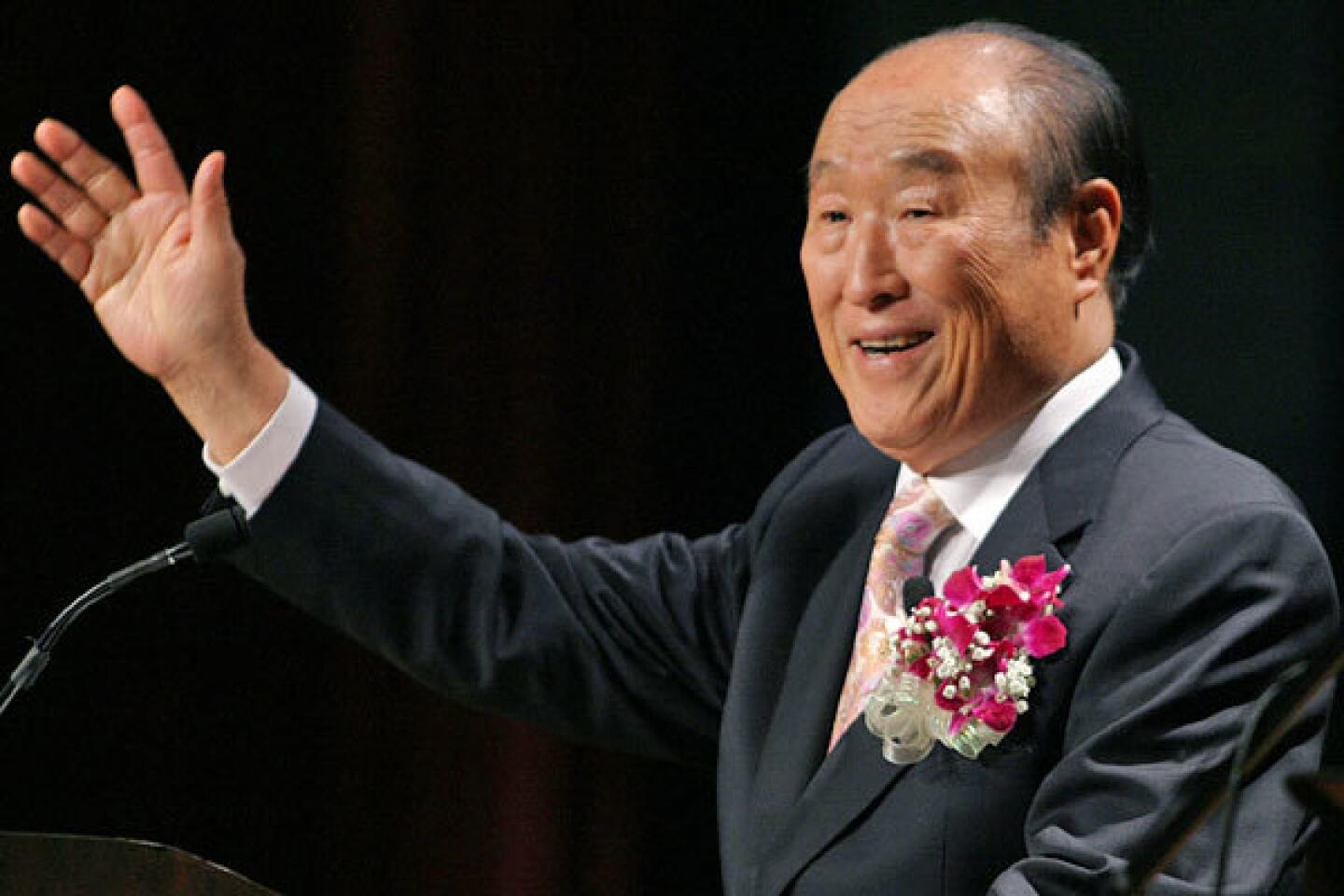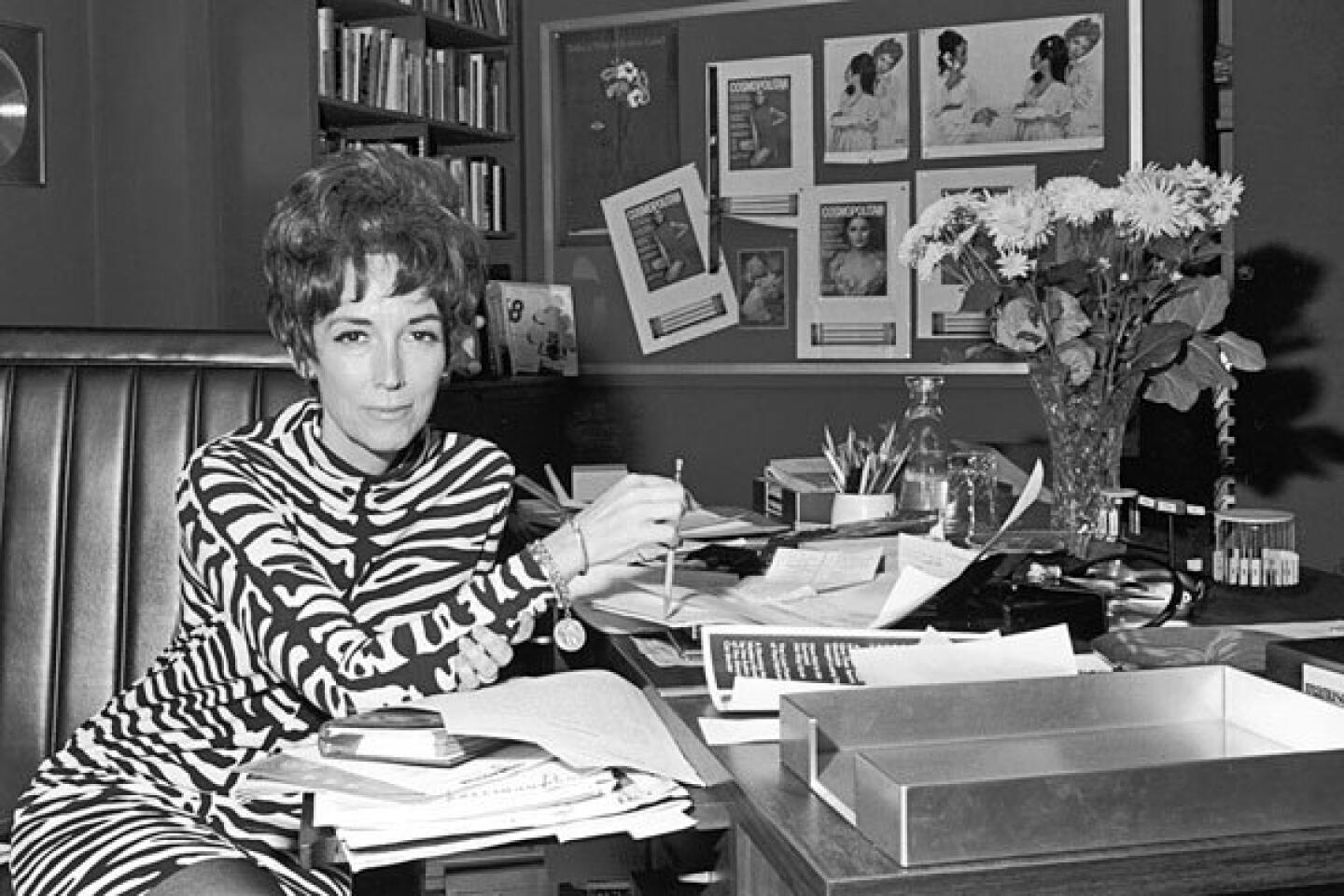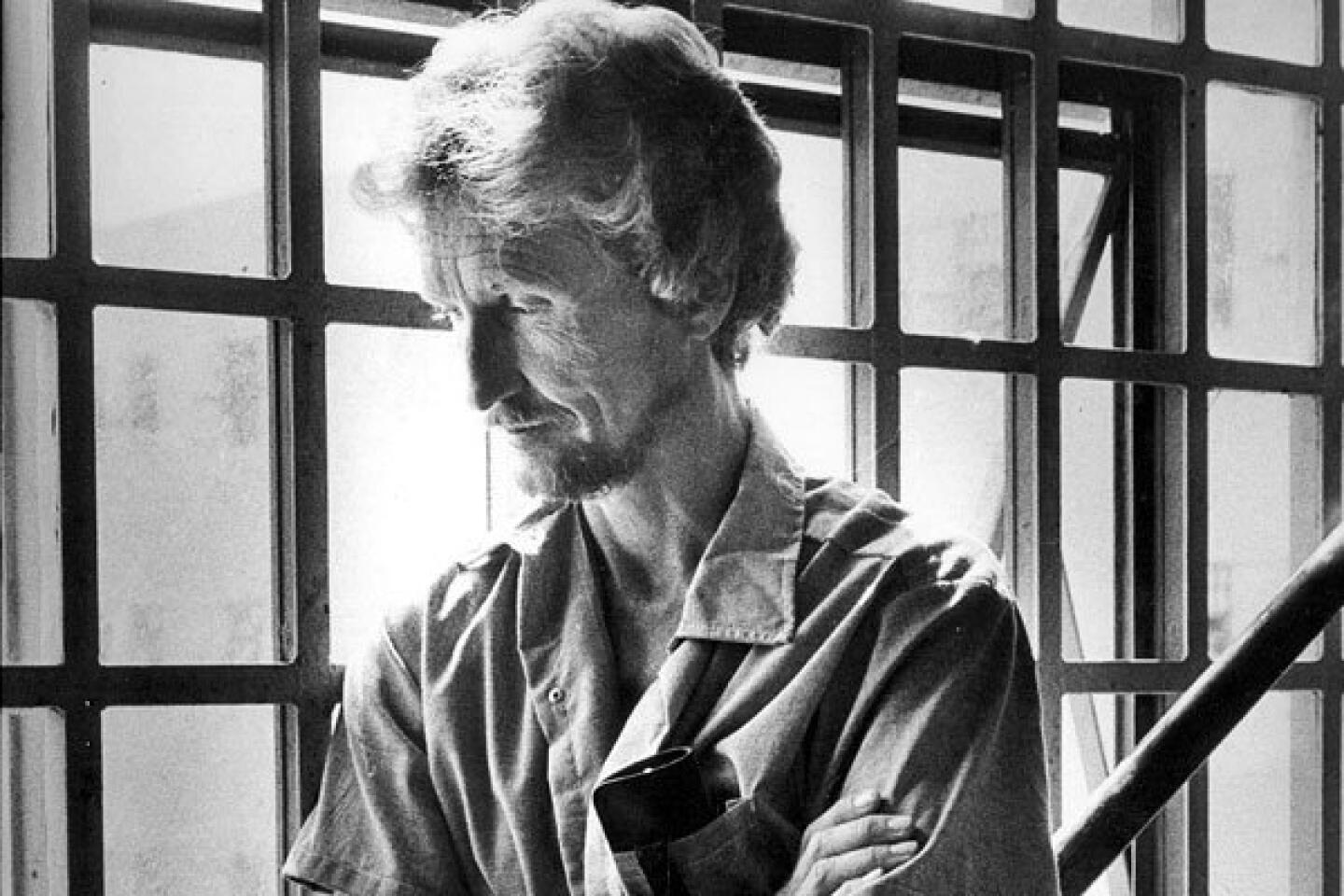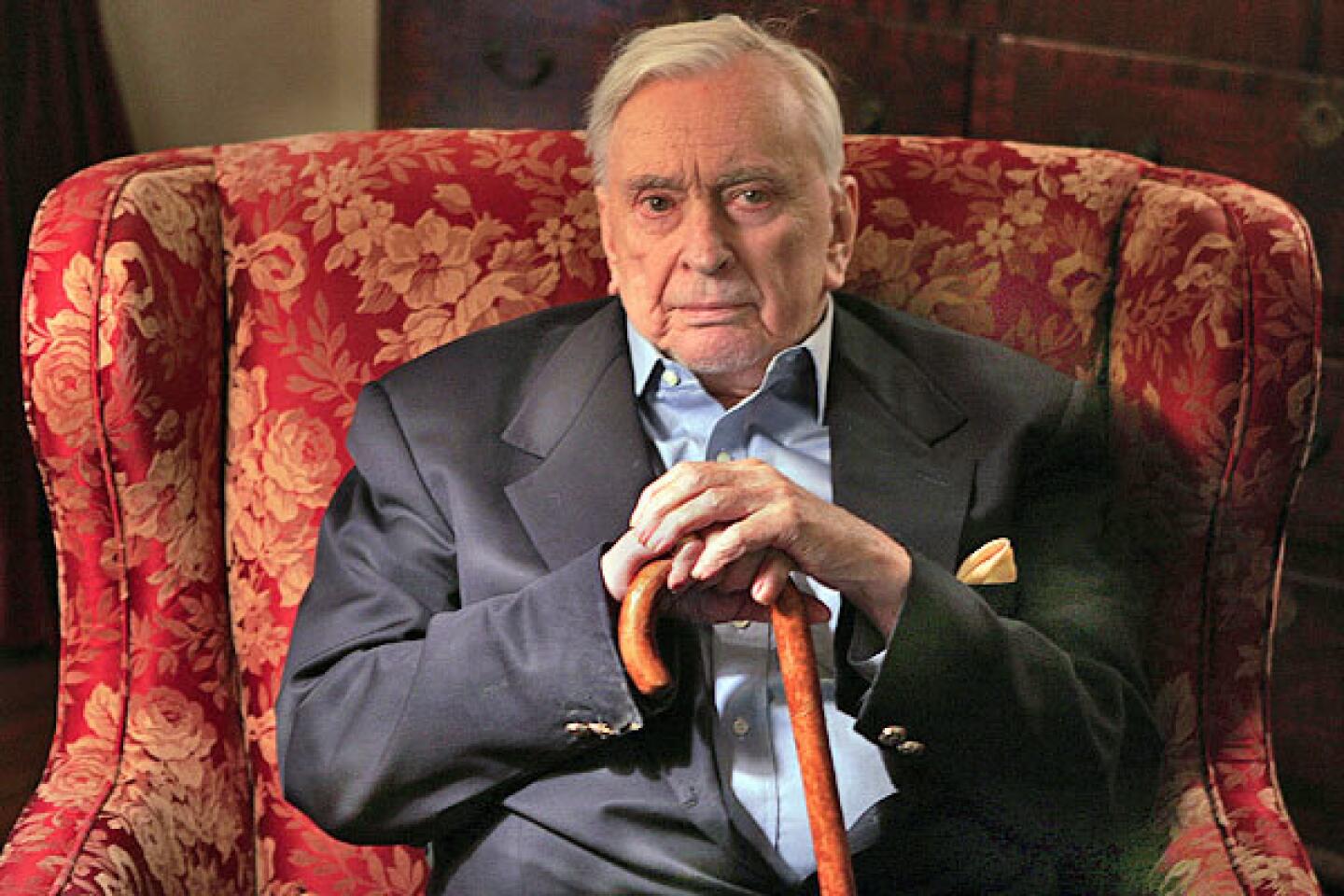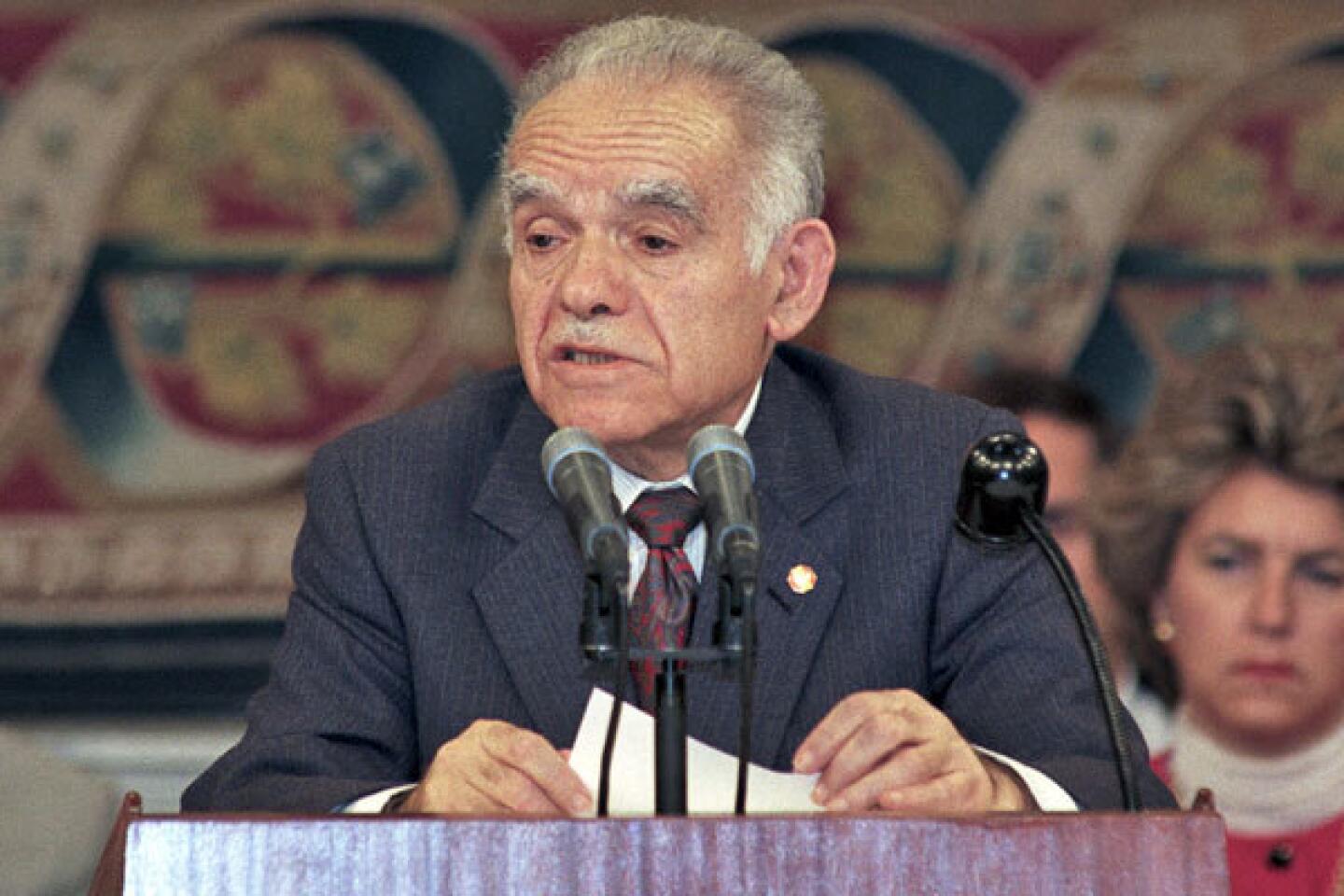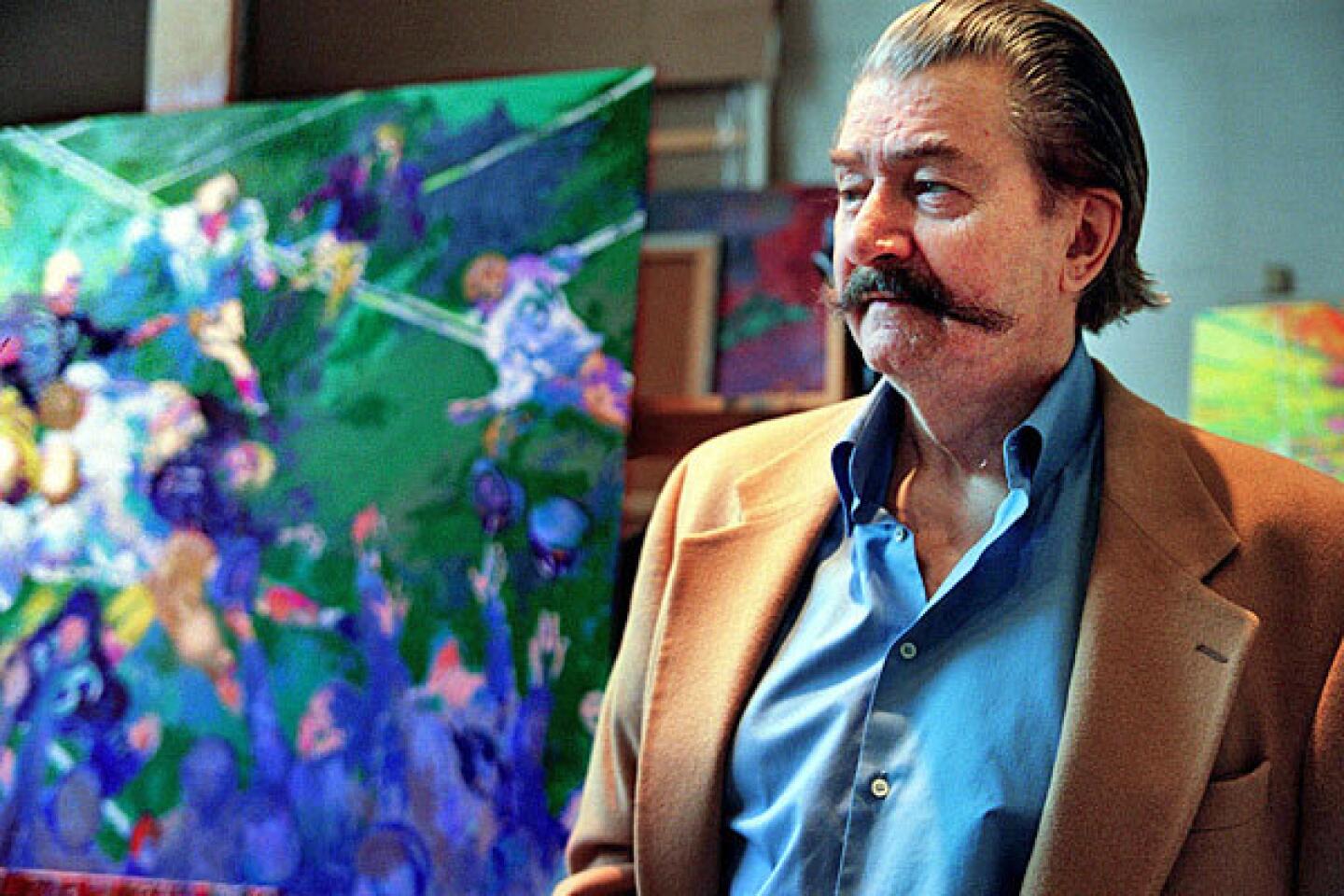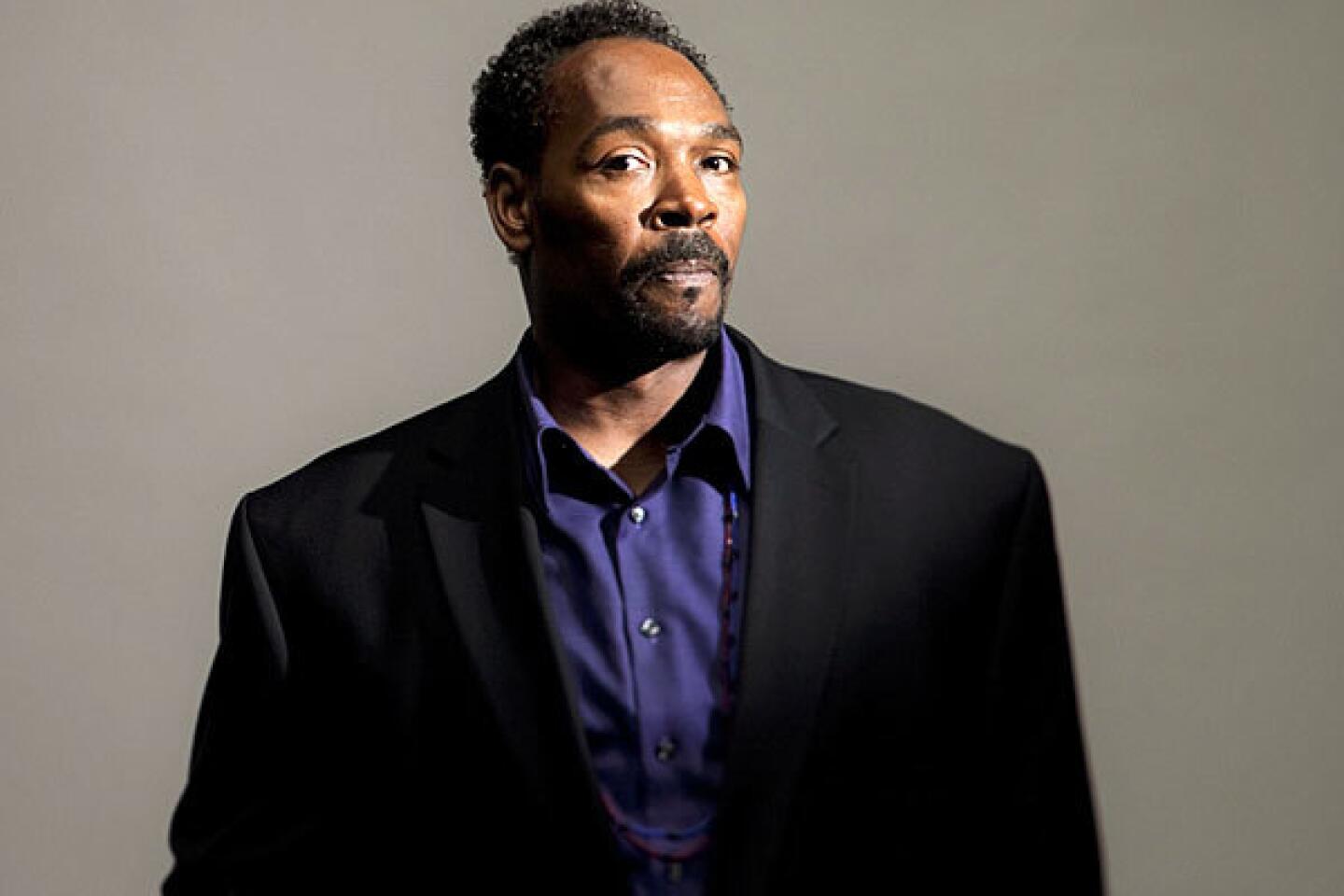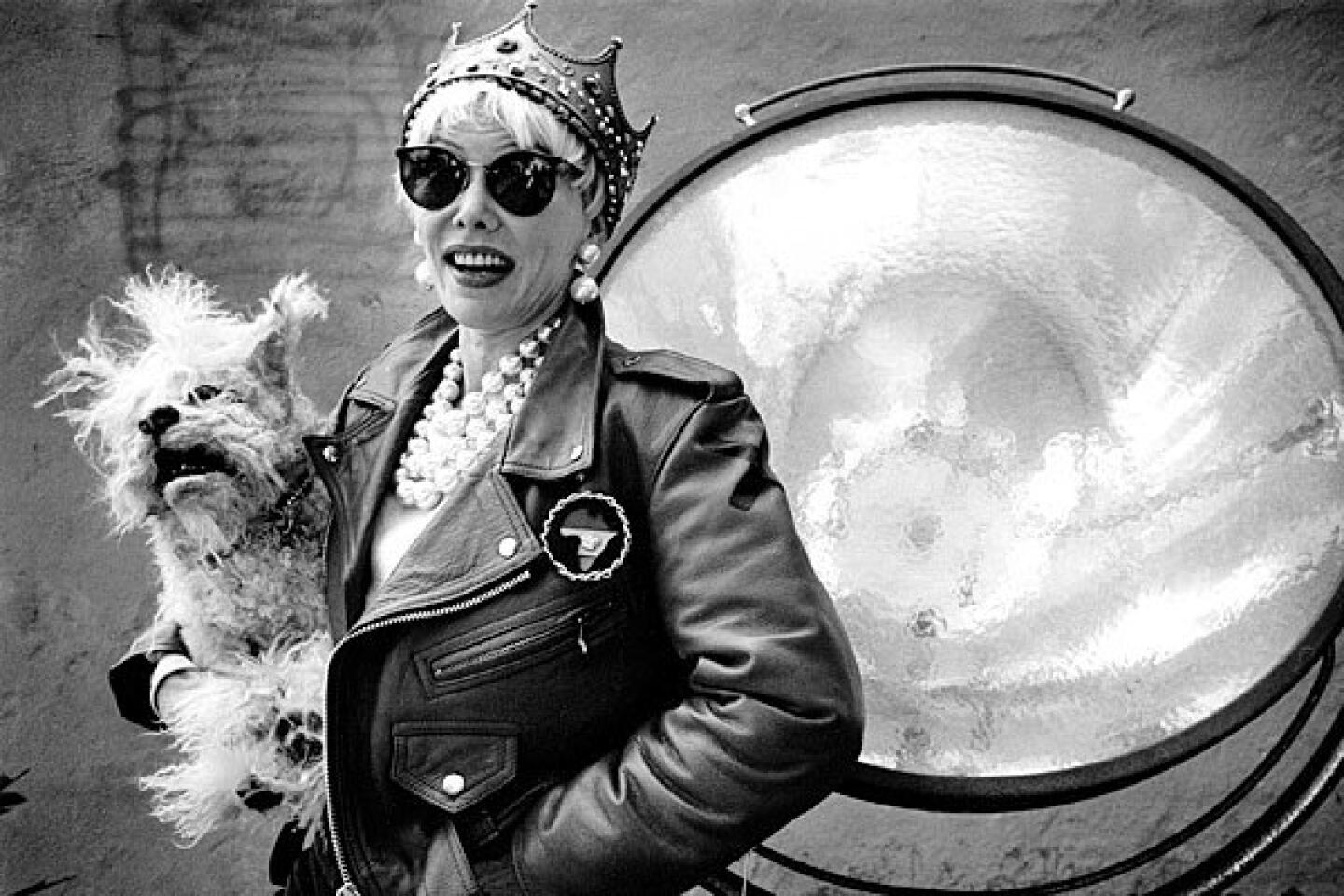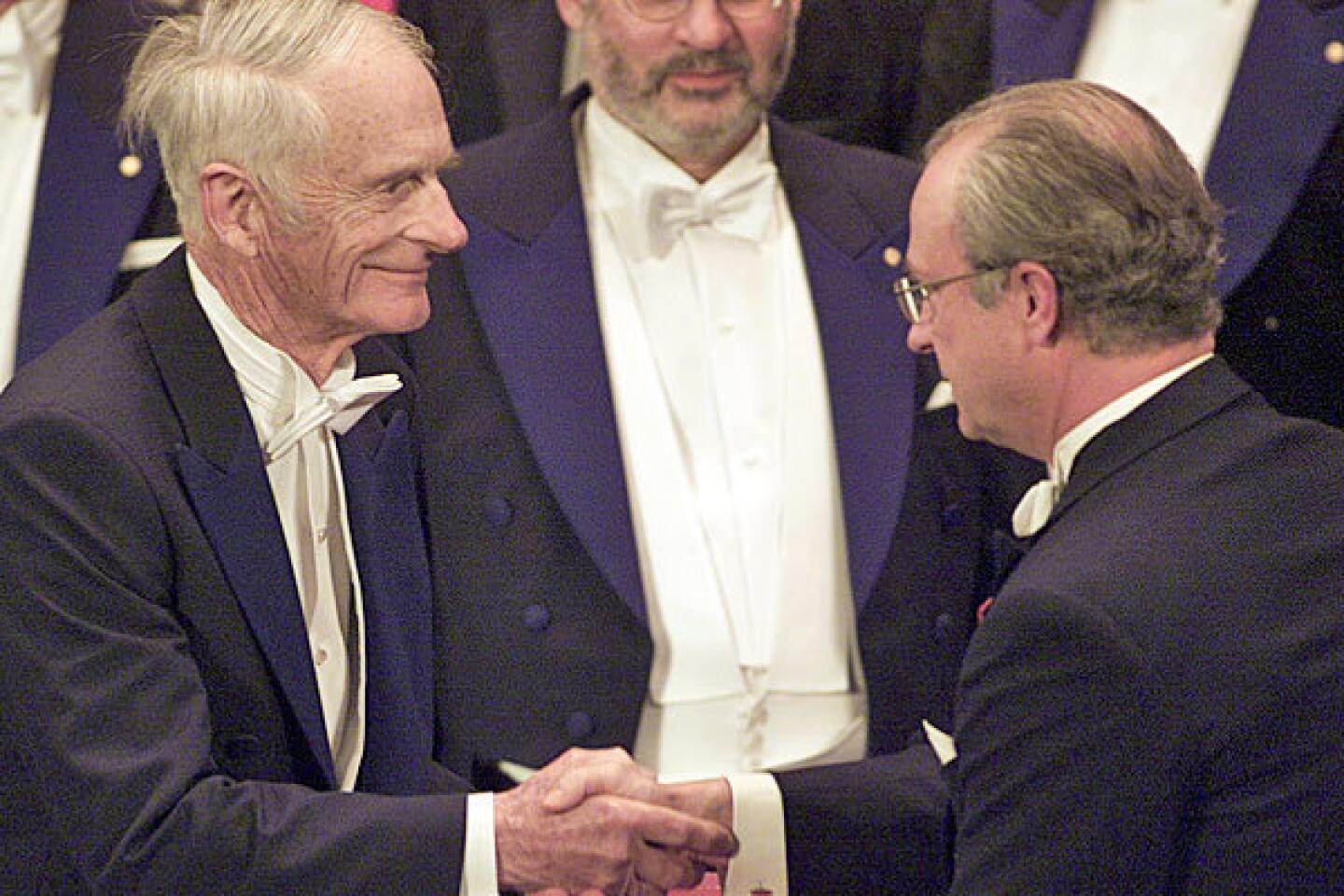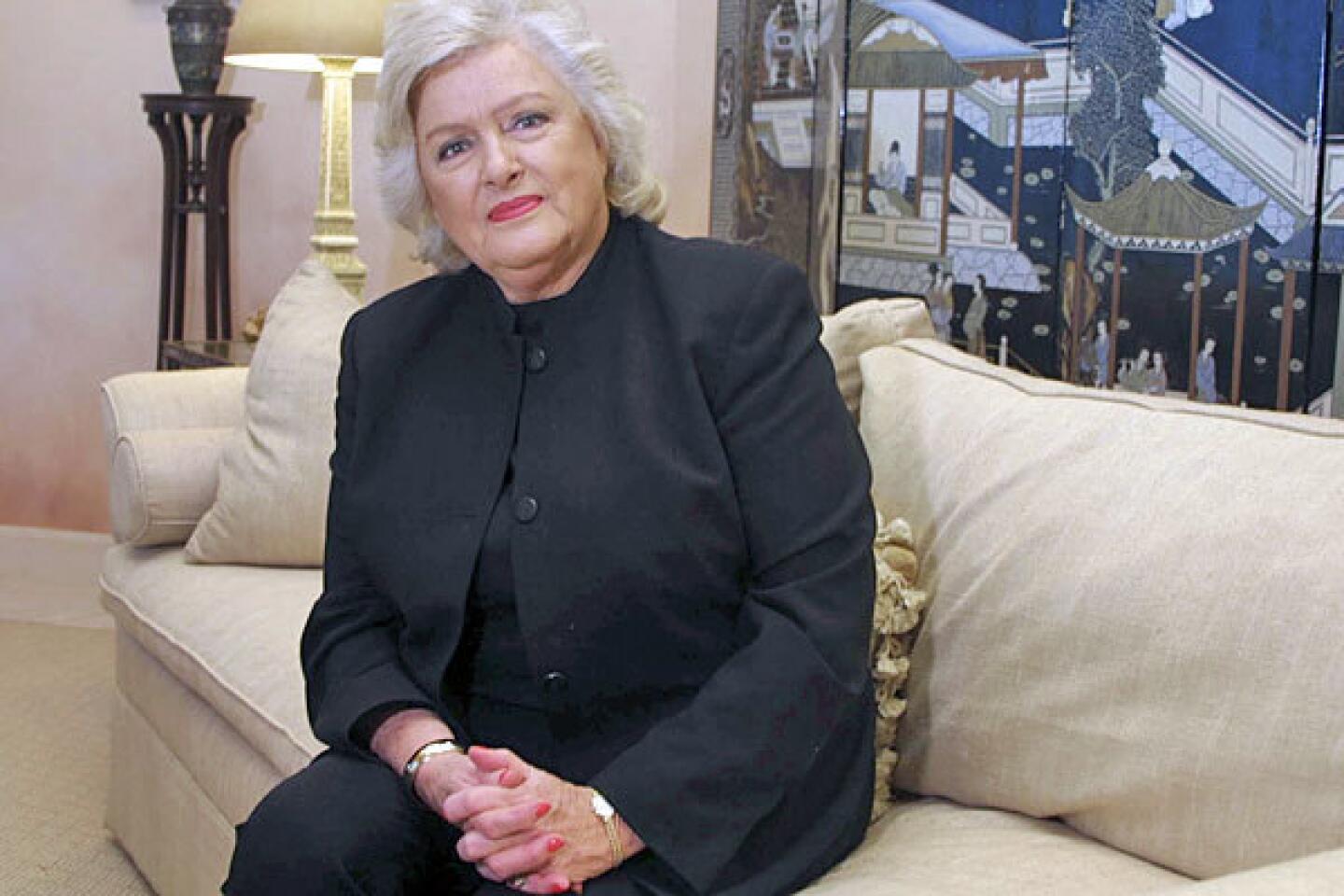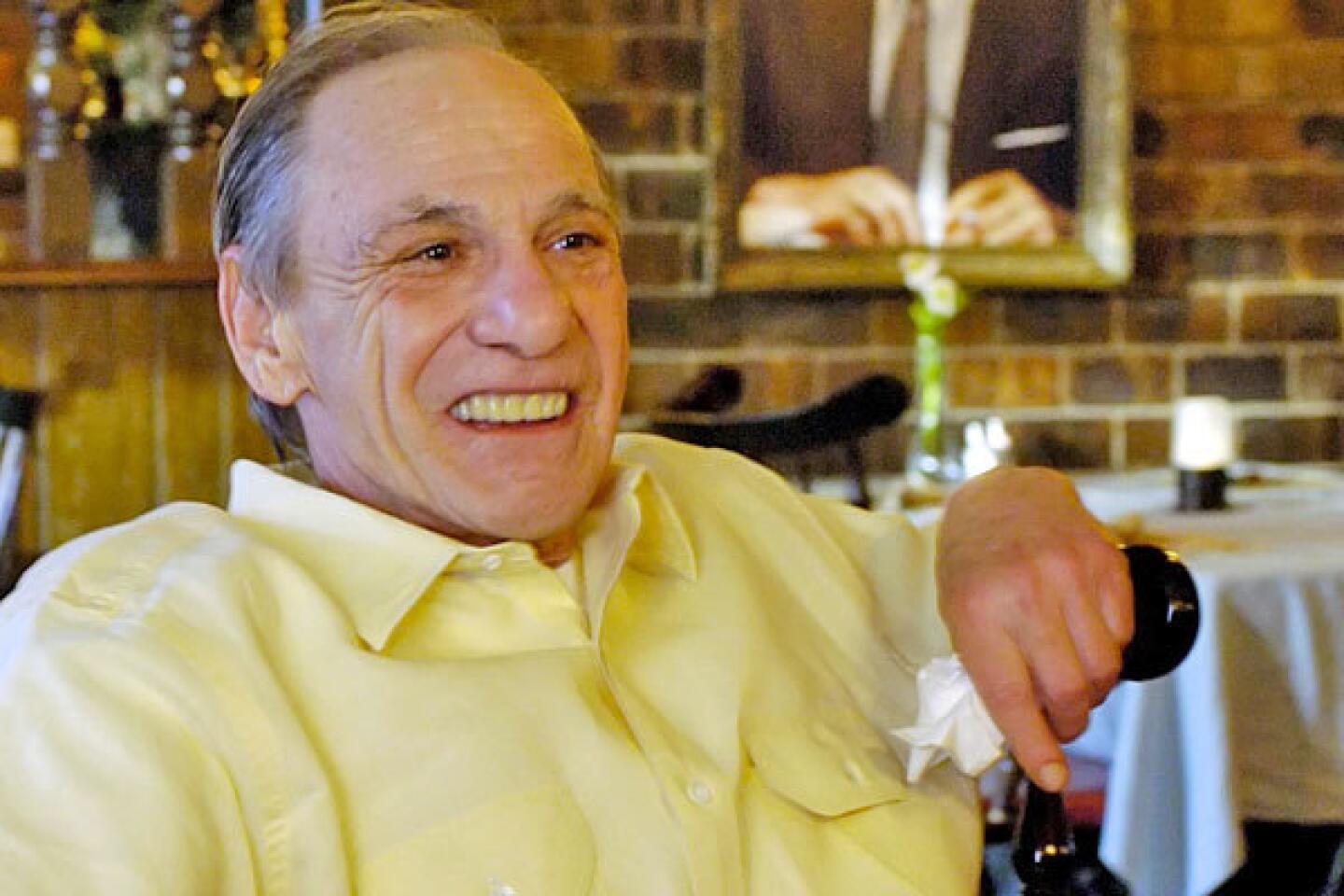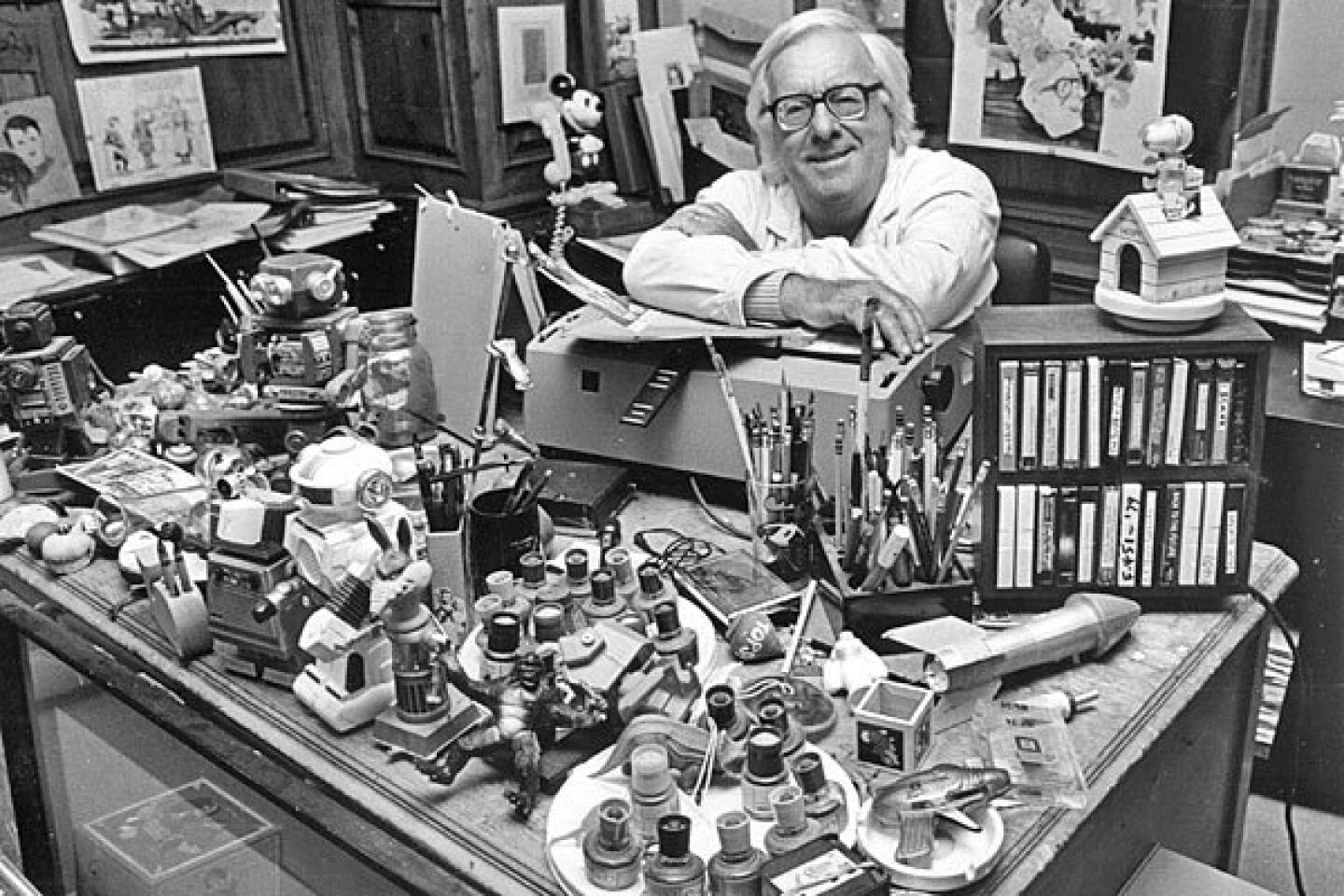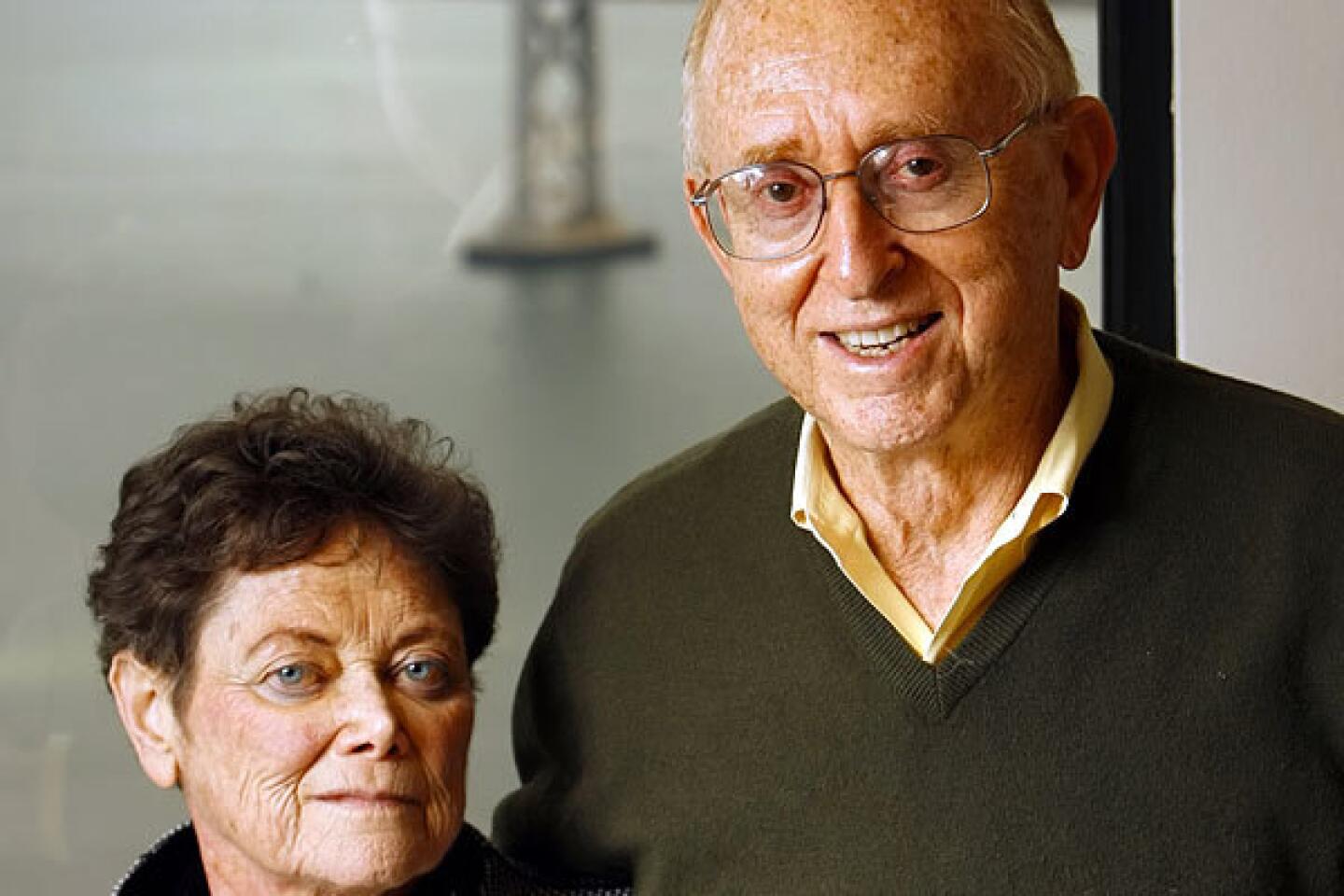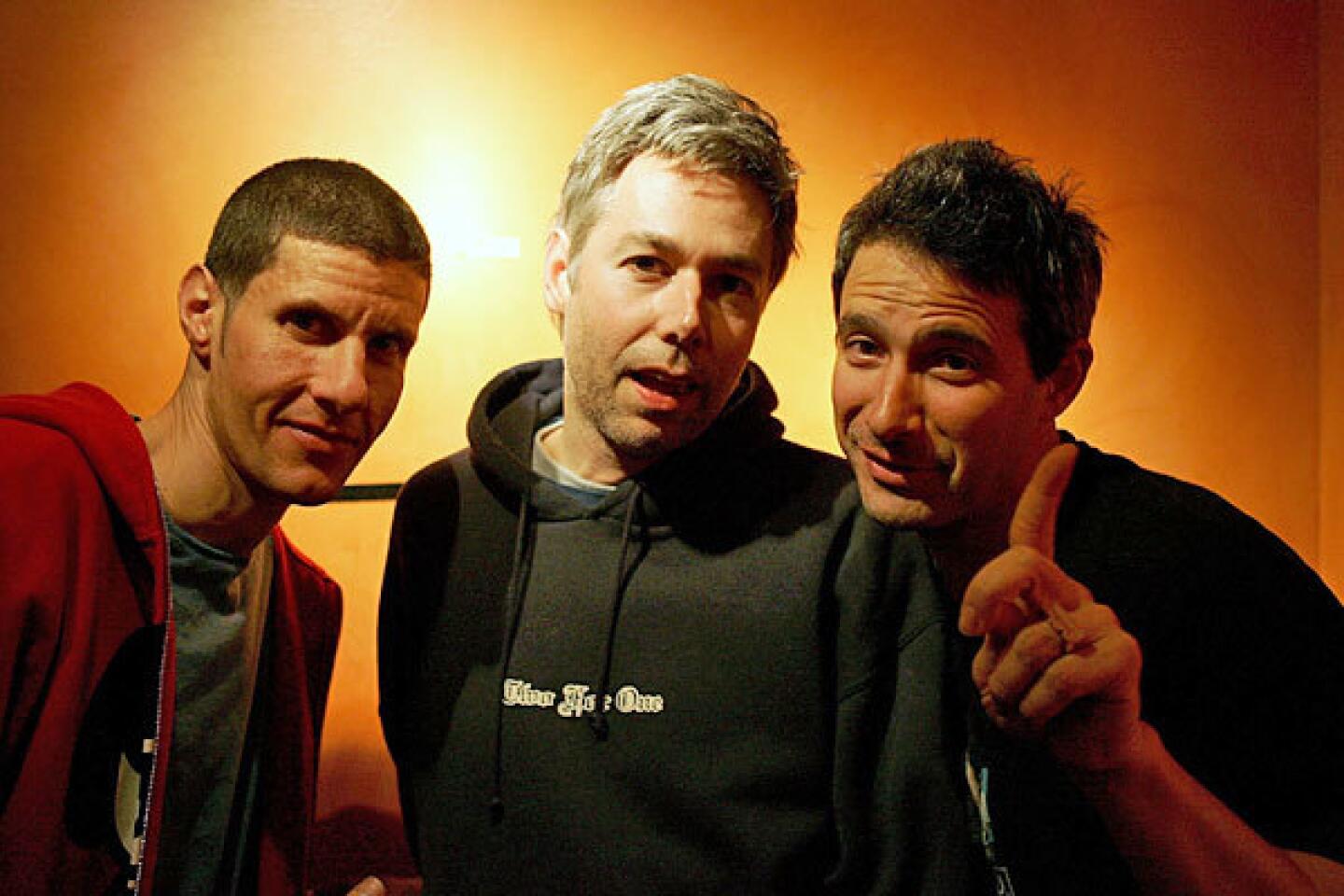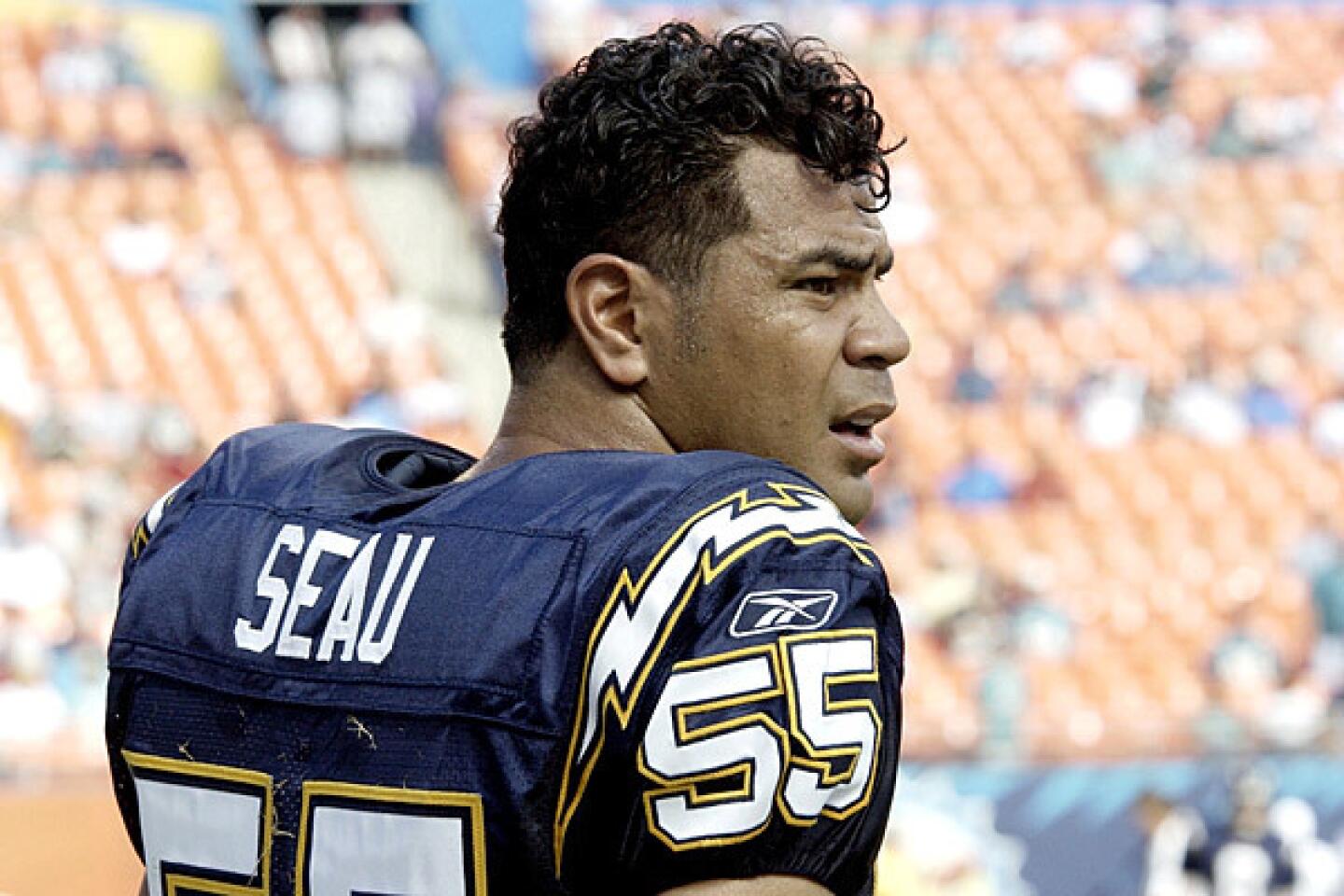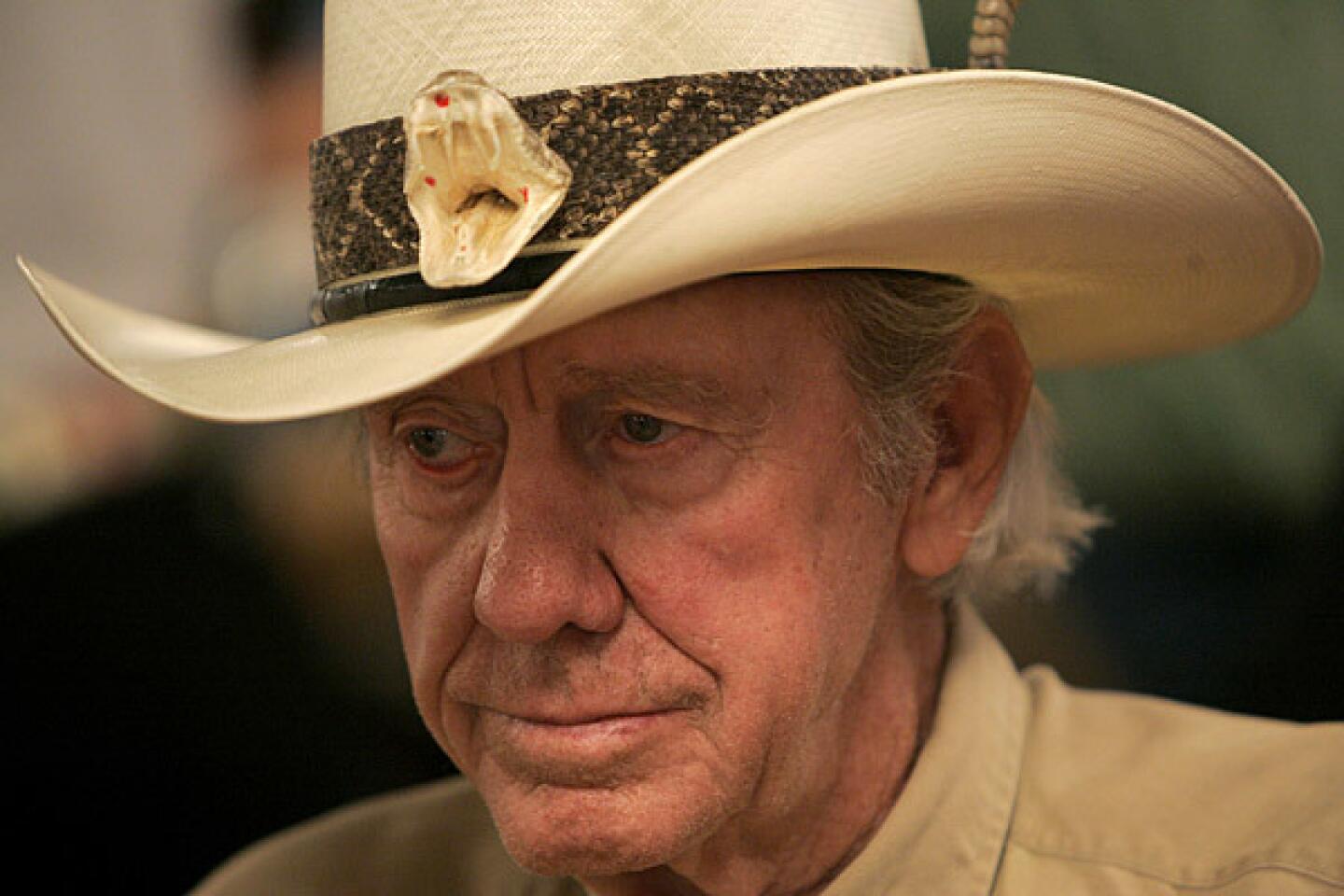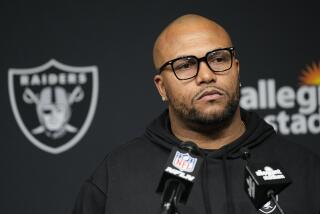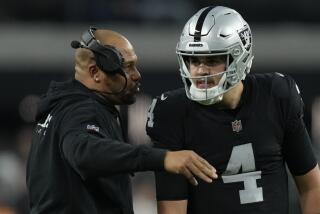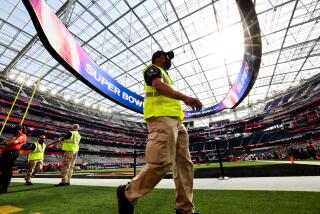George Anderson dies at 83; Raiders trainer created a knee brace
George Anderson, the longtime athletic trainer for the Oakland and Los Angeles Raiders who devised an innovative knee brace that became standard for football players, died Thursday in Santa Fe, N.M., his daughter Kristi Anderson Ornstein said.
He was 82 and had Parkinson’s disease and diabetes.
FOR THE RECORD:
George Anderson: The obituary of former Raiders athletic trainer George Anderson in the April 1 California section gave his age as 82. Anderson was born Jan. 23, 1929, and was 83 when he died March 29. The obituary also omitted his wife, Gailey Vollmer, from the list of survivors. —
Anderson was the Raiders’ original athletic trainer, beginning in 1960, three years before future owner Al Davis came aboard as head coach and general manager.
“He was a great help to me as well as my teammates during my playing career with the Raiders,” Raiders General Manager Reggie McKenzie said in a statement. “With George, we all knew that we were in excellent hands when it came to athletic training and treatment.”
In 1977, after quarterback Ken Stabler suffered a knee injury, Anderson came up with a double-hinged brace designed to protect the joint from further damage by distributing the impact of hits to the leg above and below the knee itself. The Anderson Knee Stabilizer was widely used not just by quarterbacks but also by linemen seeking to protect the joint yet be free to move about the field.
In recognition of his pioneering work, he was inducted into the National Athletic Trainers’ Assn. Hall of Fame in 1986.
Anderson served as head athletic trainer of the Raiders for 35 years, moving with the team from Oakland to Los Angeles and back again.
In 1994, the team’s last season in Los Angeles, Dr. Robert Huizenga, a former team physician, wrote a behind-the-scenes book that detailed questionable practices by the front office and coaching staff, including pressuring team doctors to send players back into action before they were healed and asking them to ignore injuries that would have kept players on the sidelines longer.
Davis asked Anderson to participate in a TV interview and rebut the accusations in Huizenga’s “You’re Okay, It’s Just a Bruise,” but he declined and subsequently was forced to retire. Anderson was not comfortable speaking out against Huizenga, who had been treating Anderson’s wife, Marcy, for Hodgkin’s disease.
“Nobody gave themselves to the Raiders more than my dad,” his daughter said Friday. “He was so dedicated to Al and the Raiders, and it just devastated him.”
Said Anderson in a 1996 interview with Sports Illustrated: “The word ‘loyalty’ is bandied about much too casually in the Raiders’ organization. For Al Davis, loyalty means, ‘You be loyal to me. I’ll think about being loyal to you.’”
Davis died in October.
Anderson was born Jan. 23, 1929, in Vallejo, north of Oakland, and served in the Army from 1946 to ’48. While attending San Jose State, he decided to become an athletic trainer after he was injured playing basketball.
After graduation he worked as an athletic trainer in Texas and at USC and UC Berkeley before joining the Raiders.
In retirement, Anderson worked with the Green Bay Packers on an informal basis during training camp and playoffs.
He also showed another side of his personality by writing poetry and children’s books.
Anderson’s wife died in 1996. Besides his daughter Kristi, he is survived by another daughter, Leslie Gant; a son, Brad; and five grandchildren.
More to Read
Start your day right
Sign up for Essential California for the L.A. Times biggest news, features and recommendations in your inbox six days a week.
You may occasionally receive promotional content from the Los Angeles Times.


